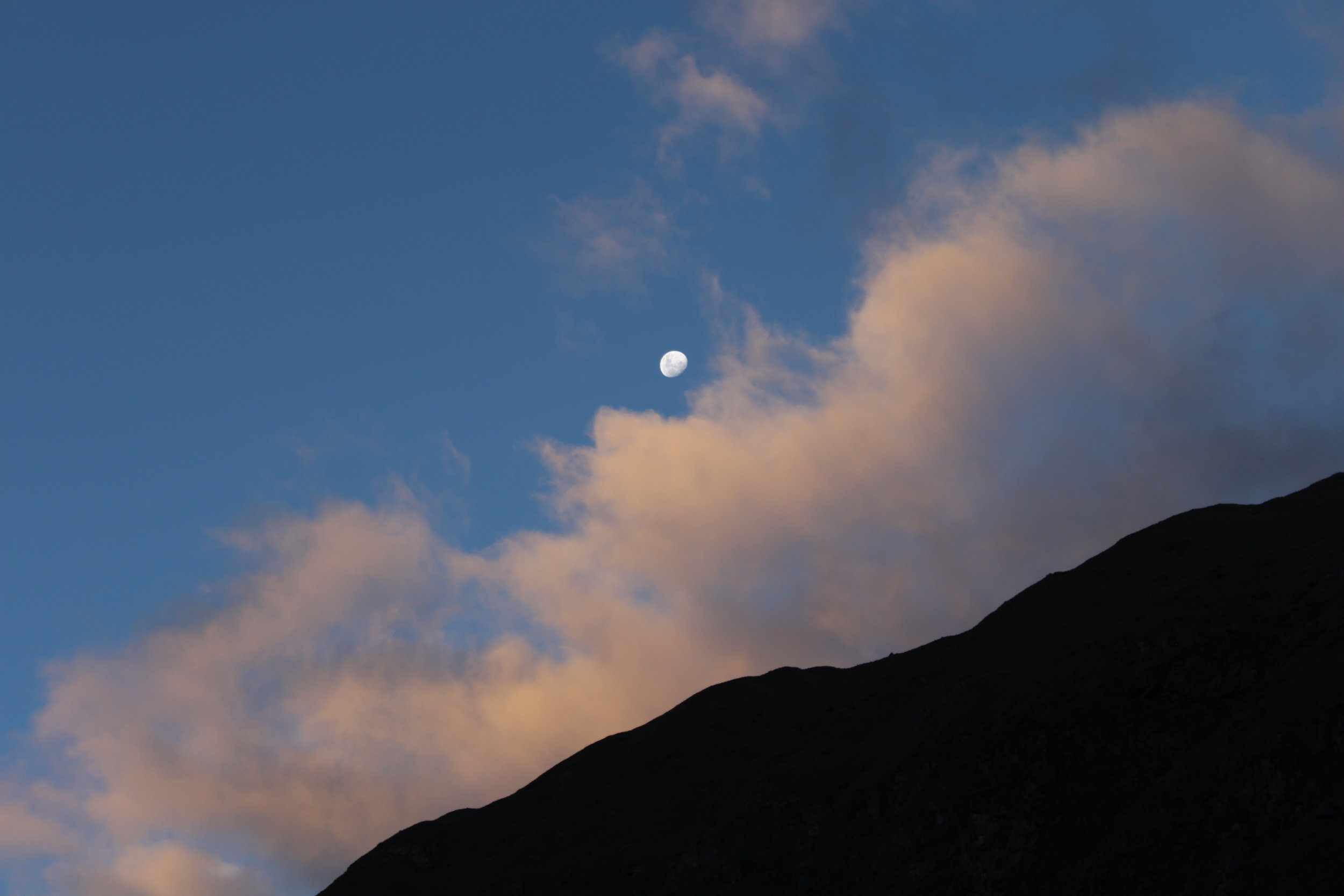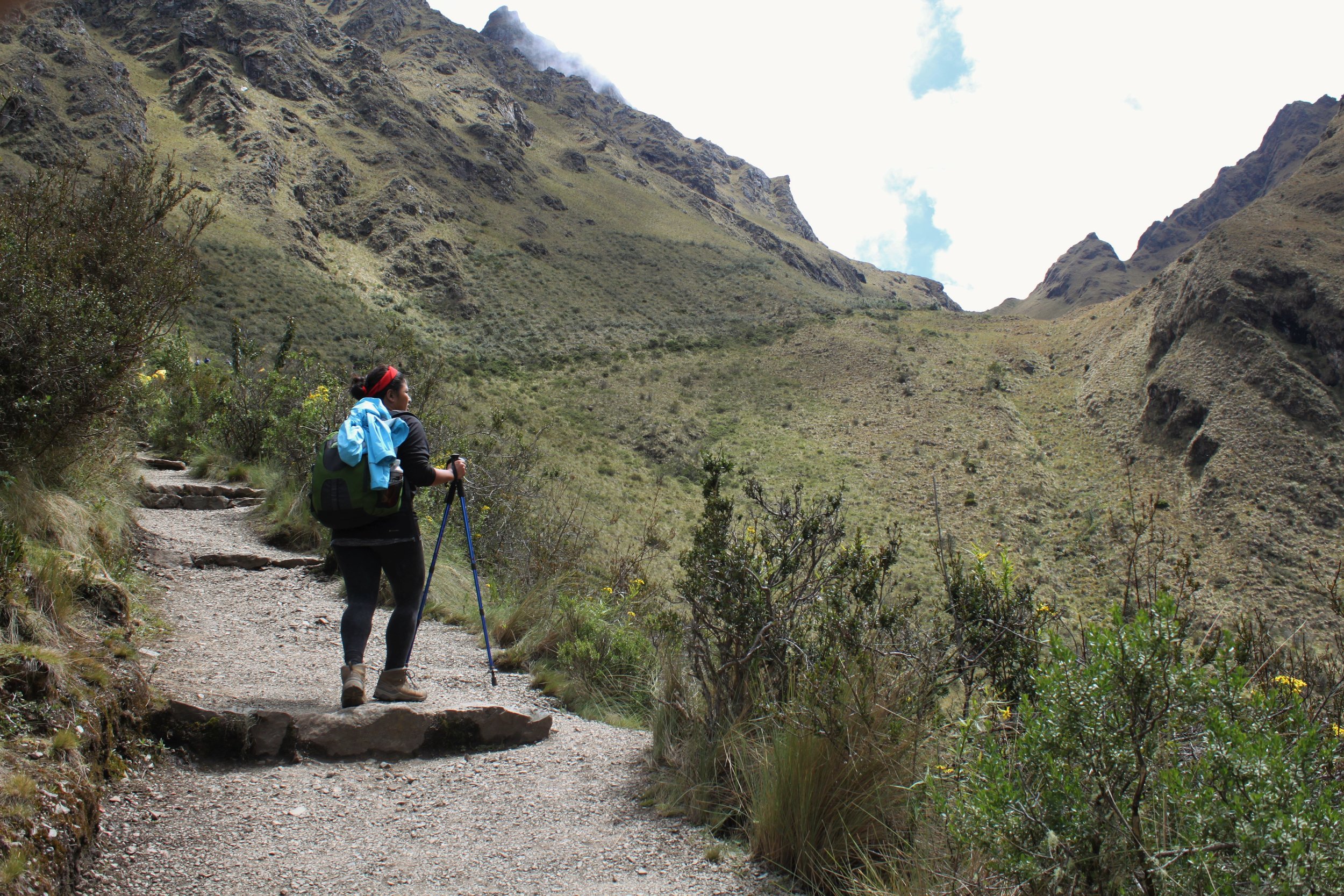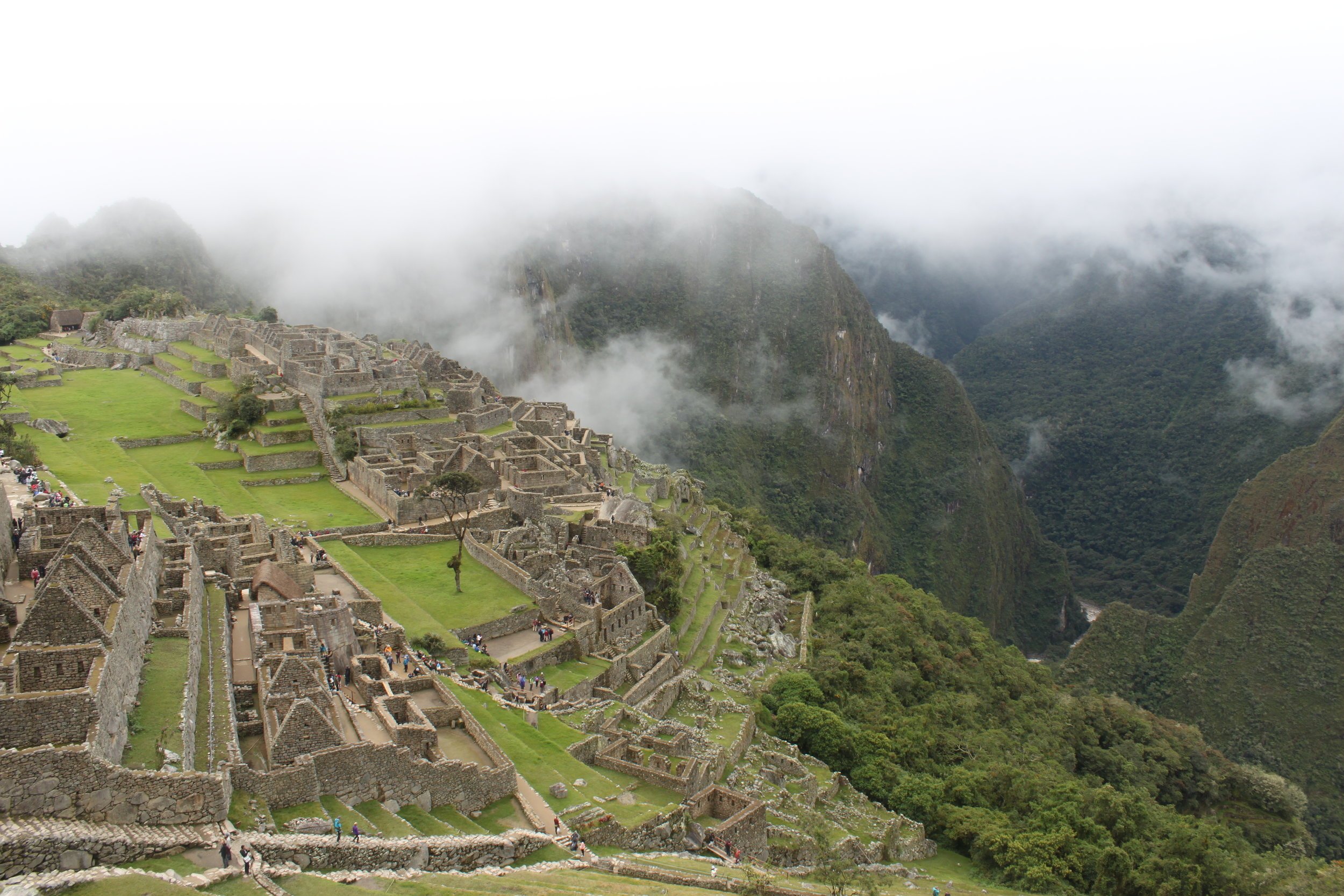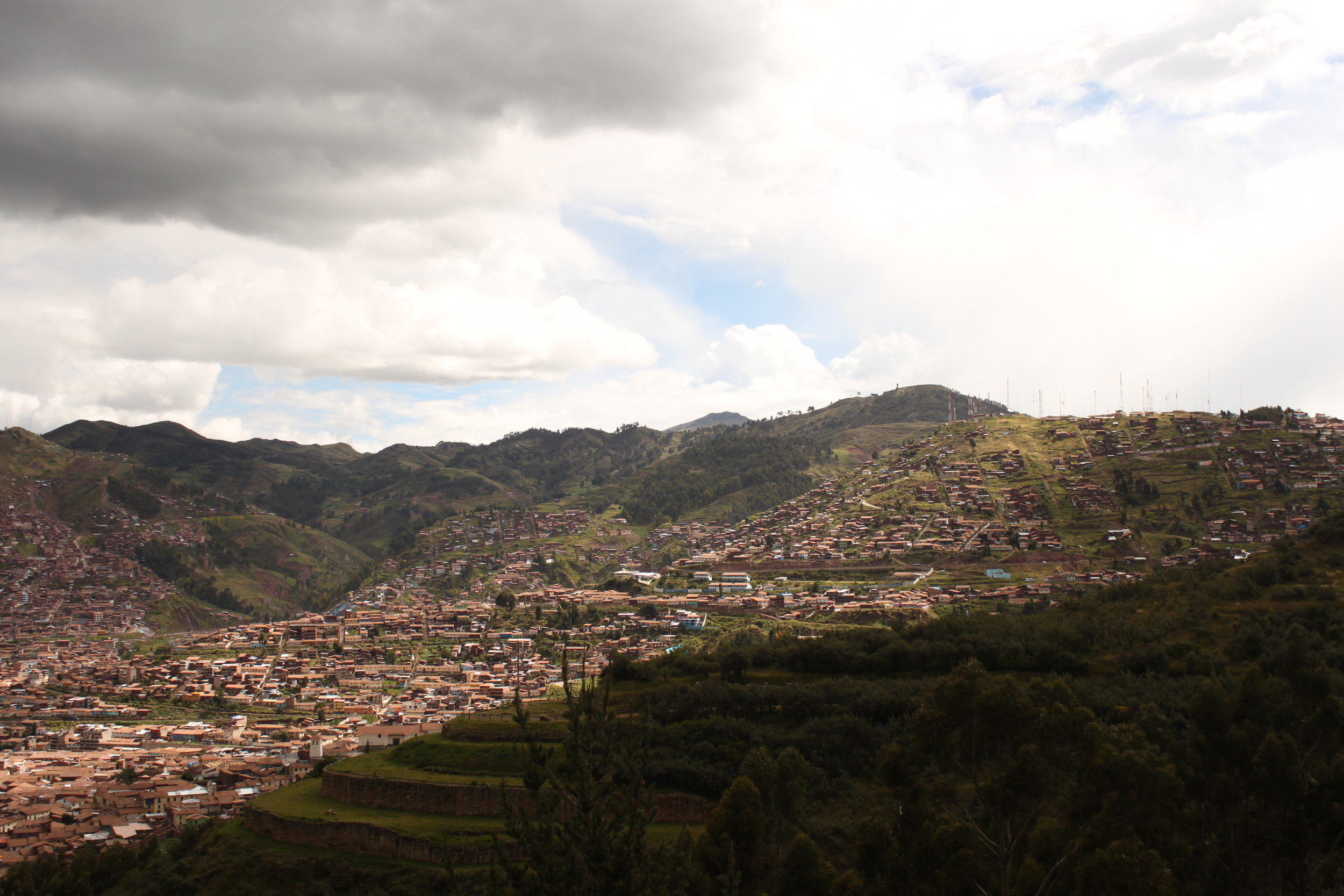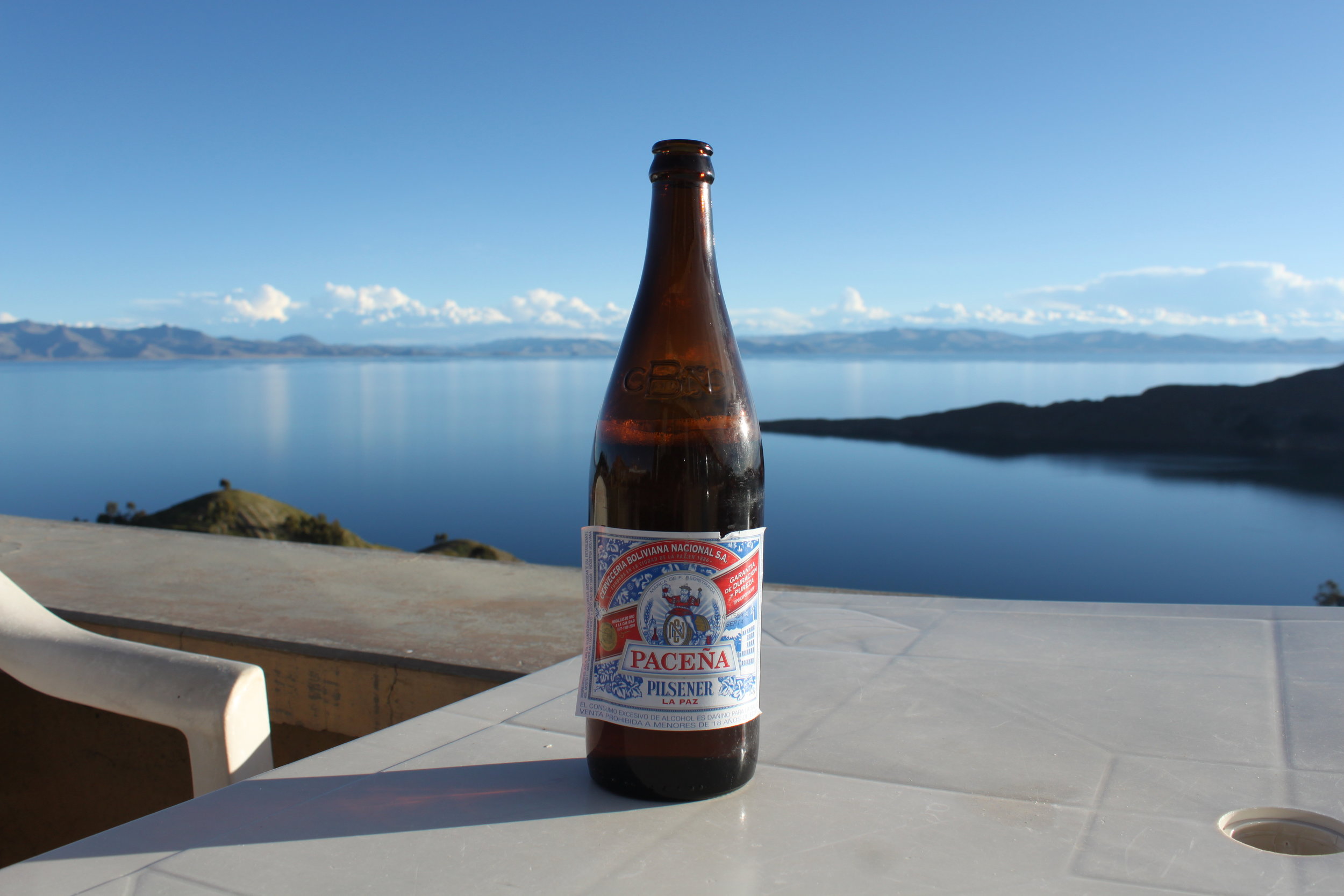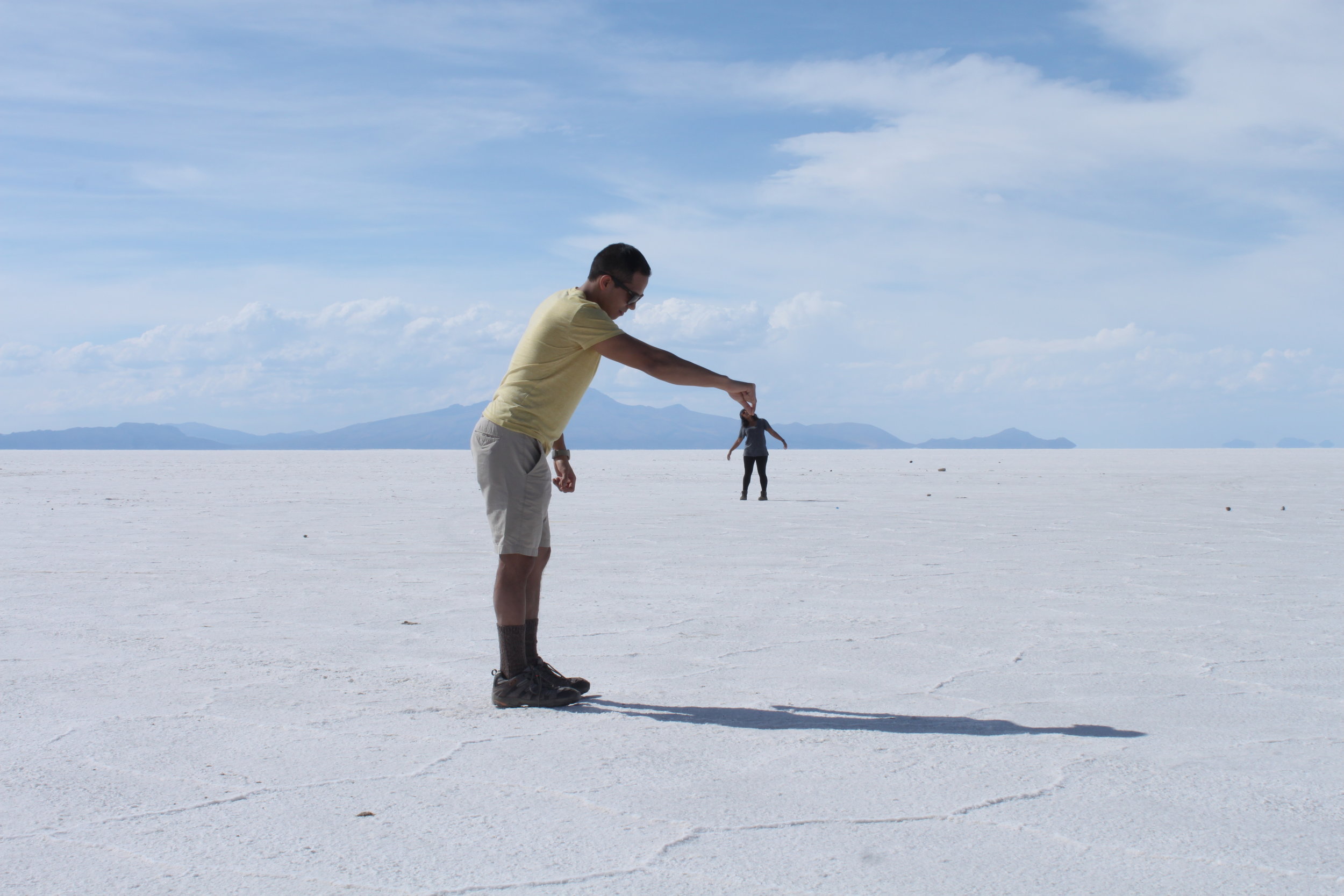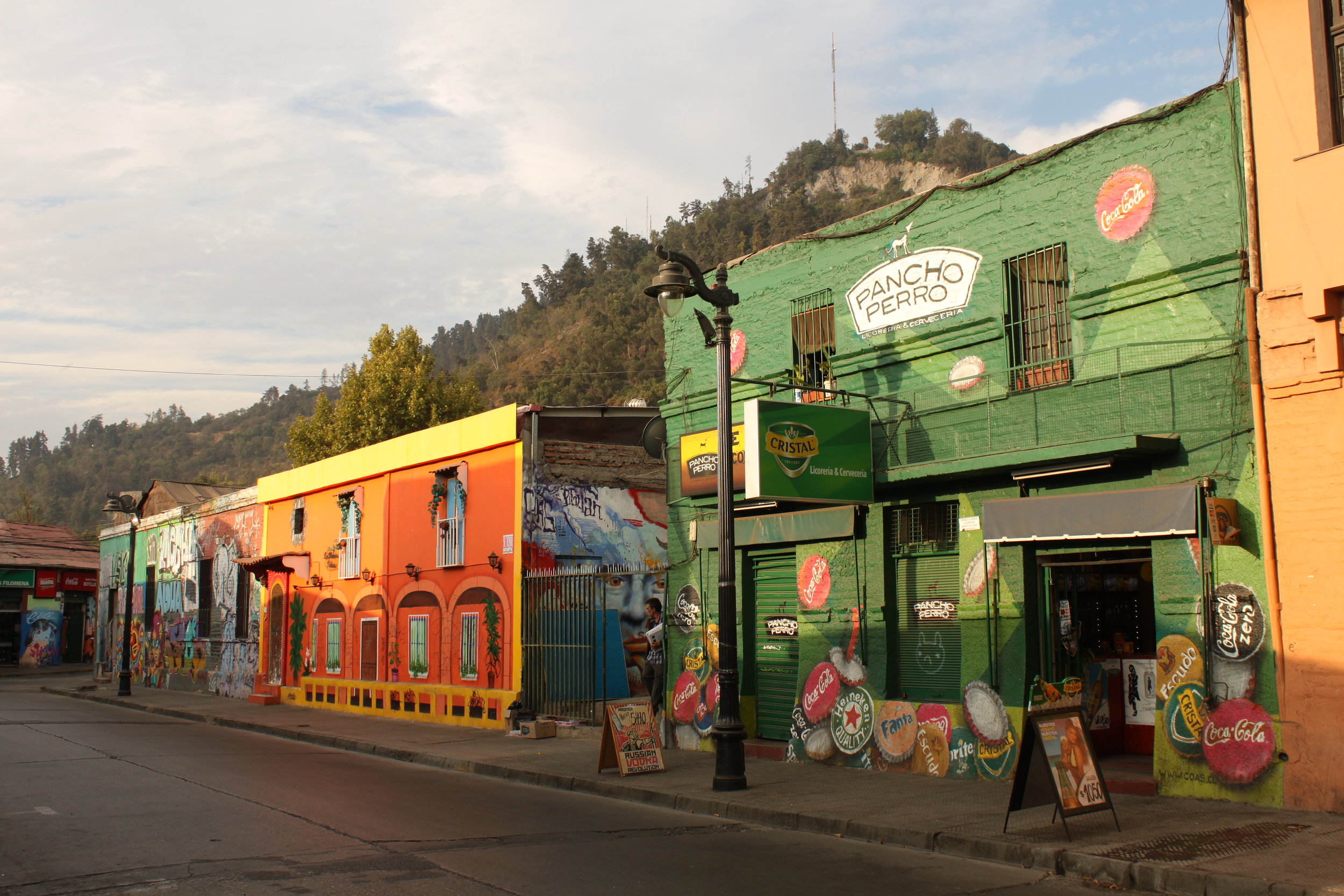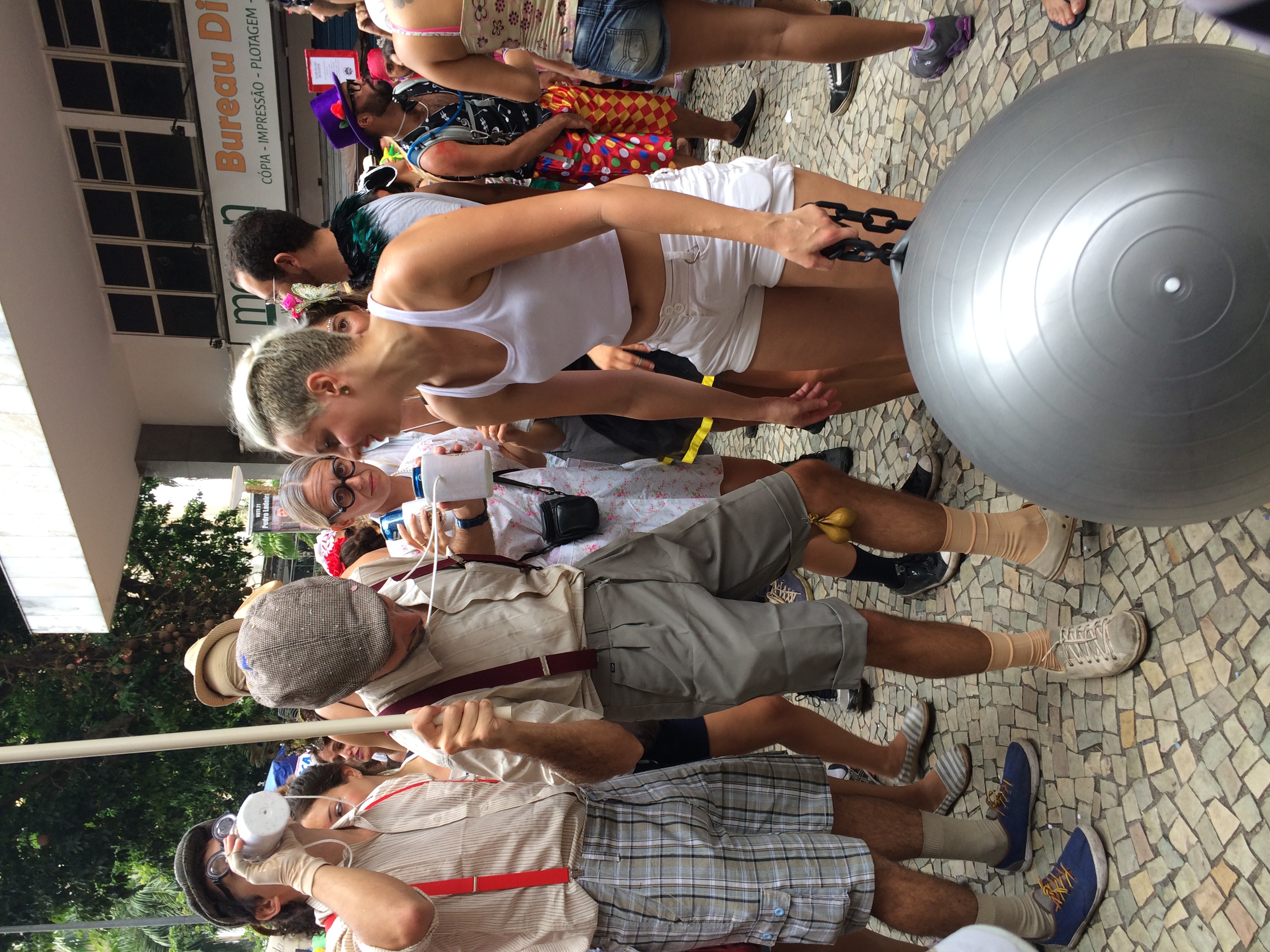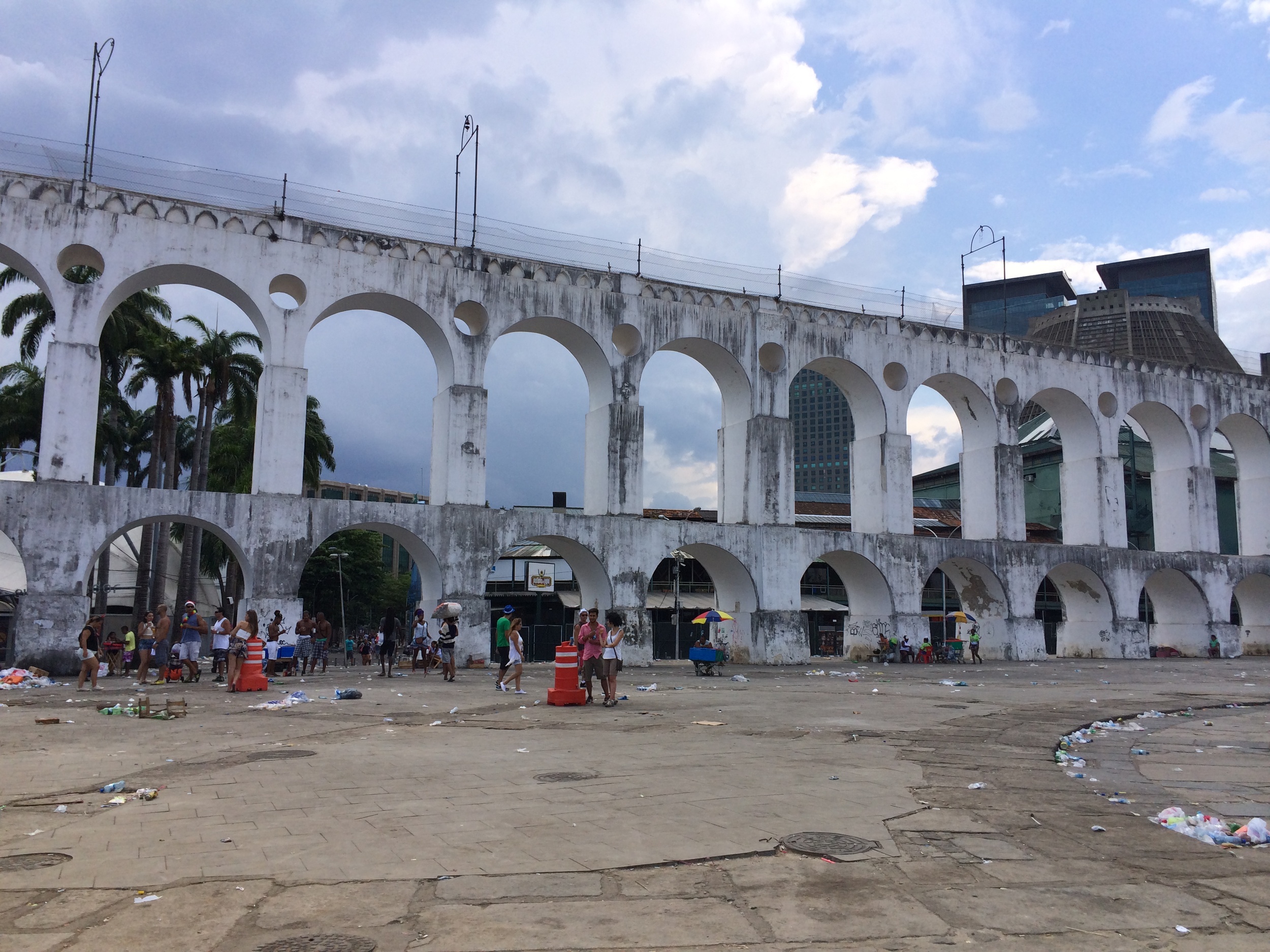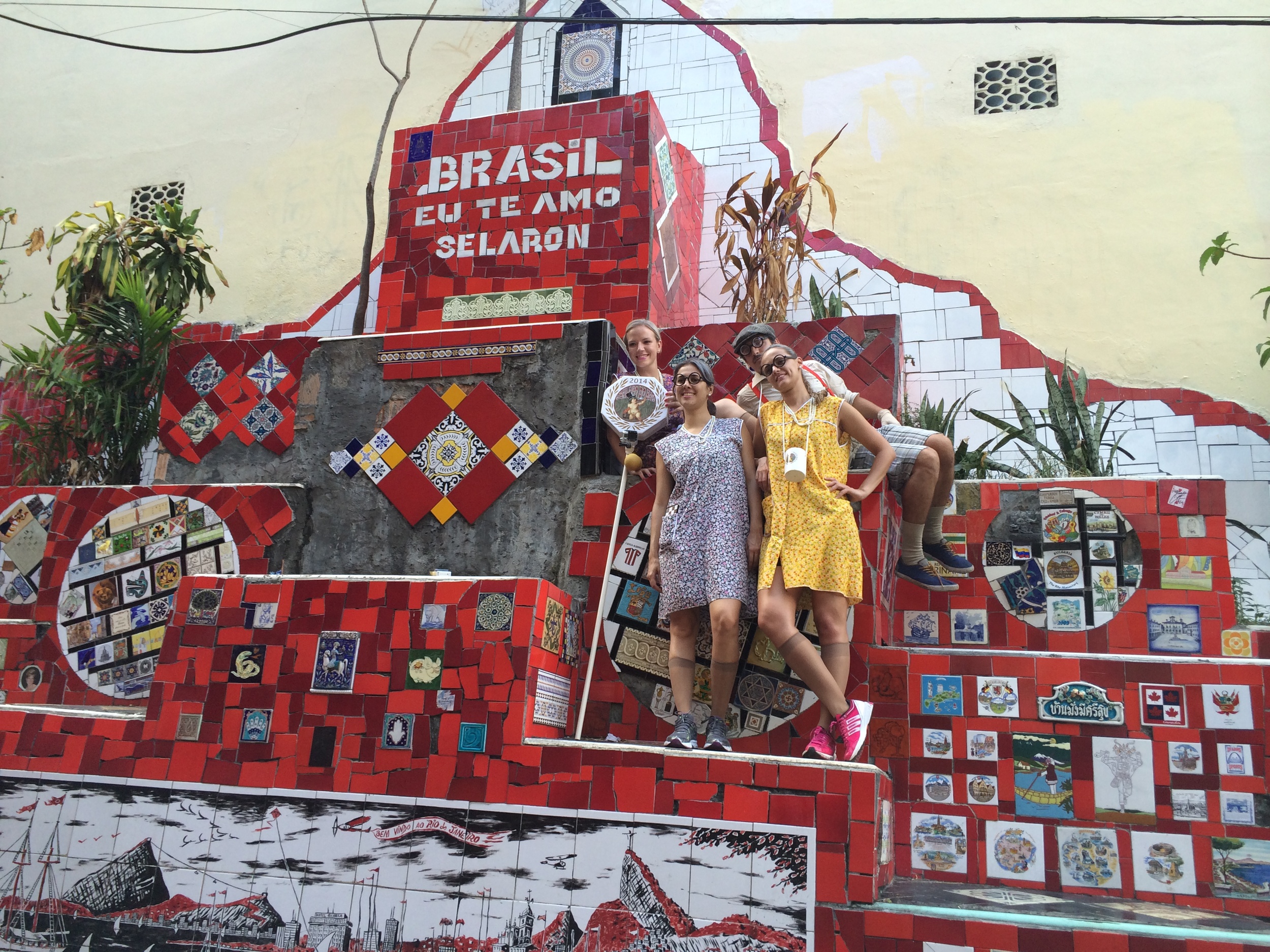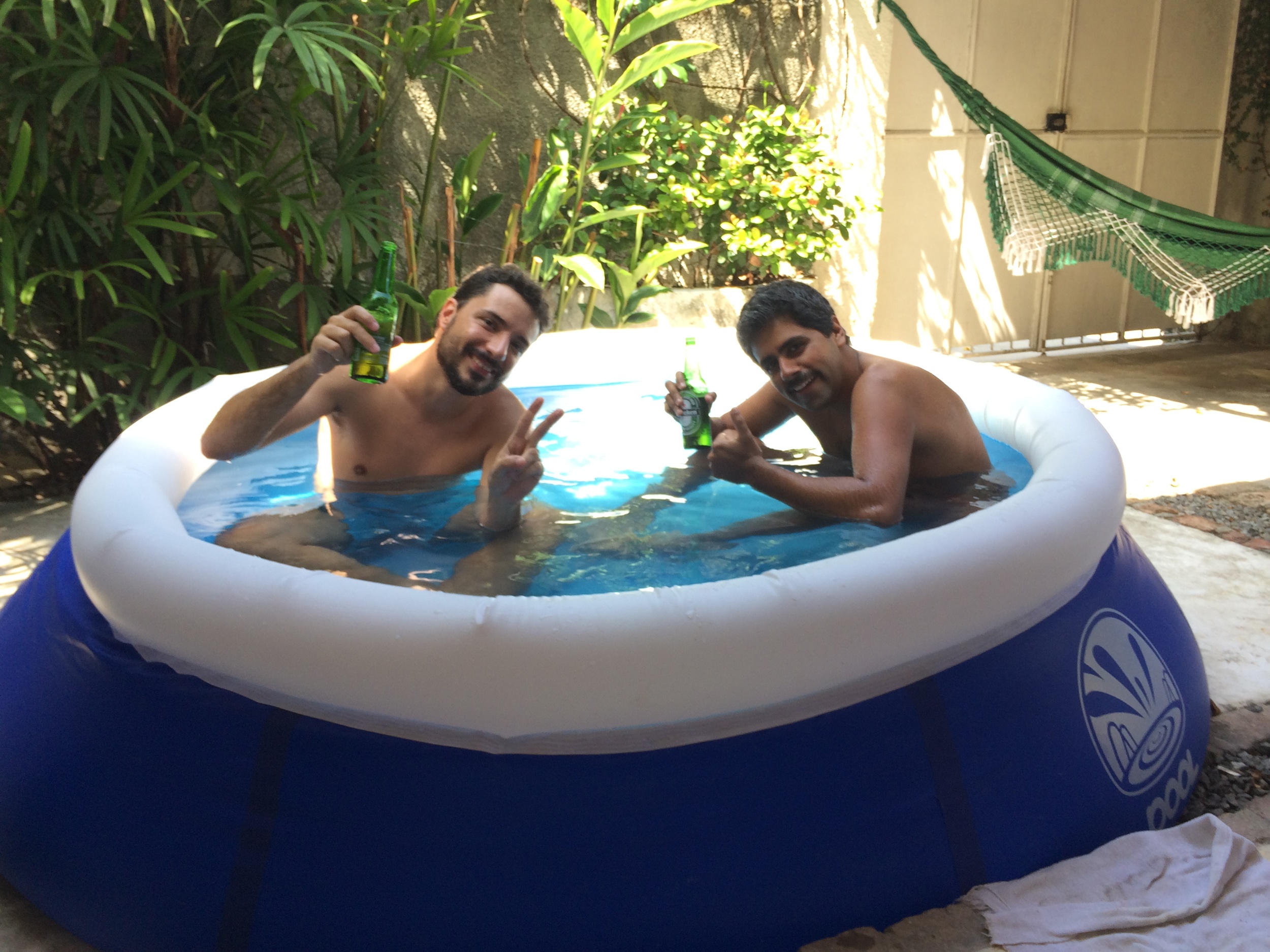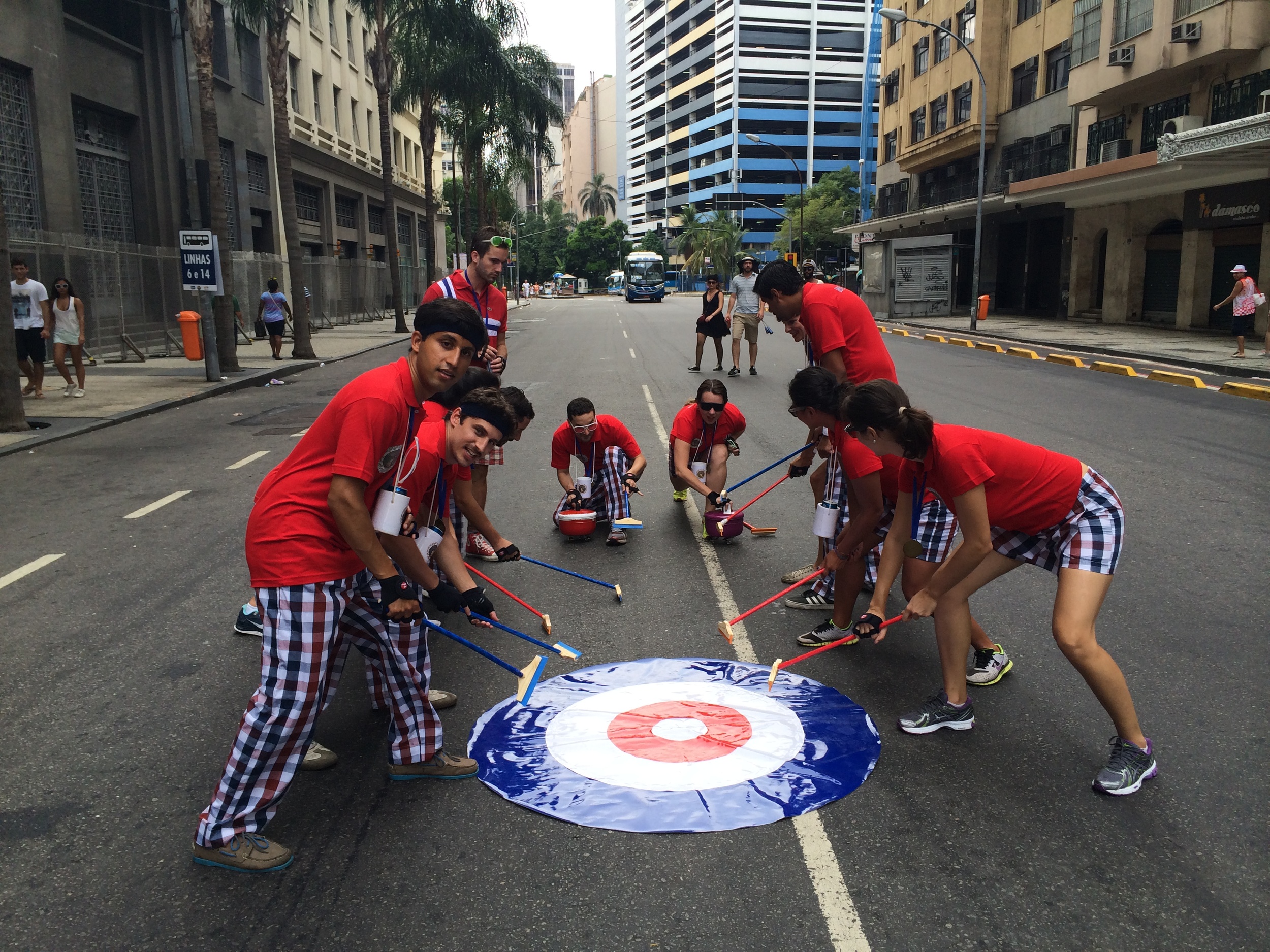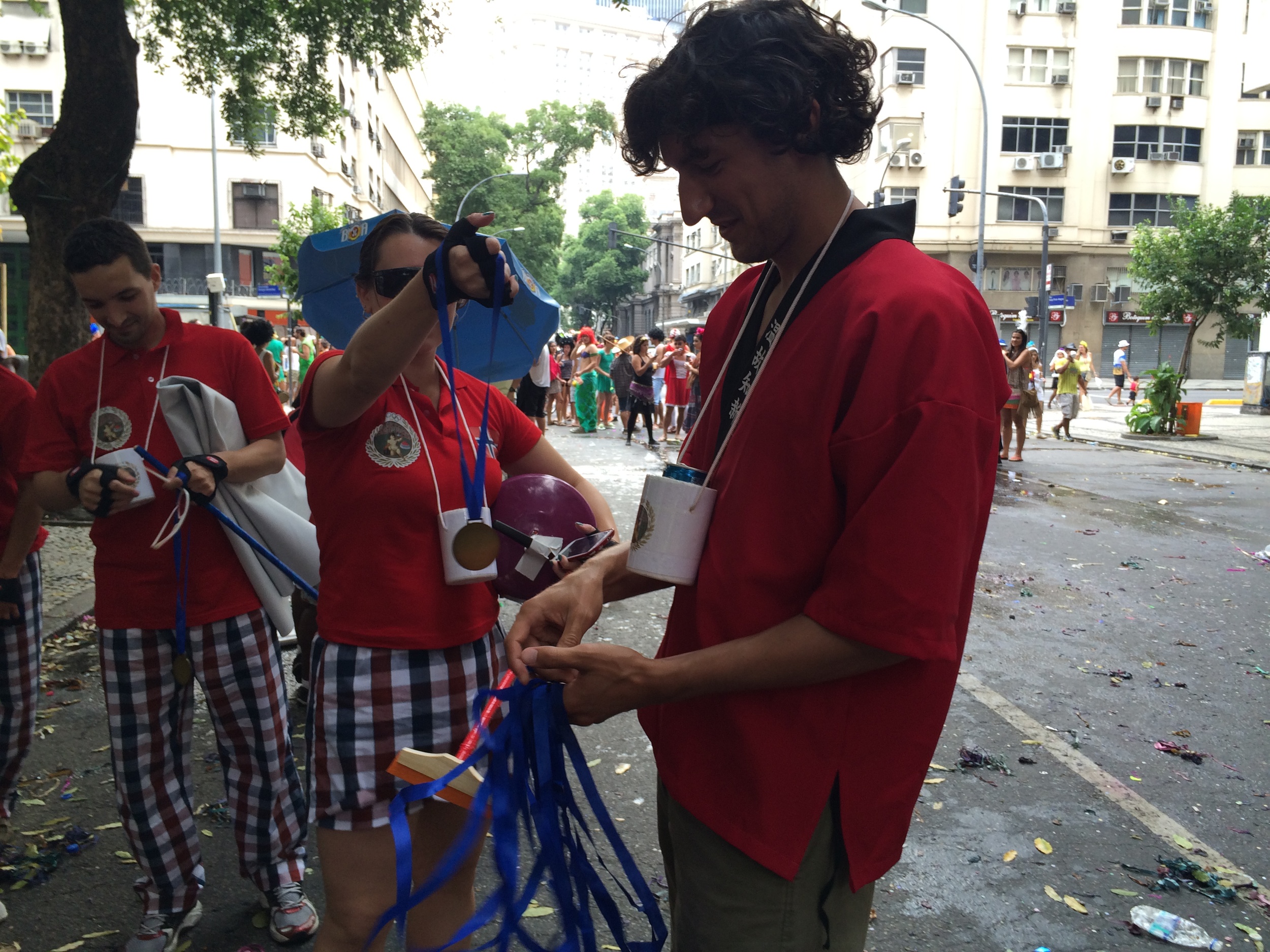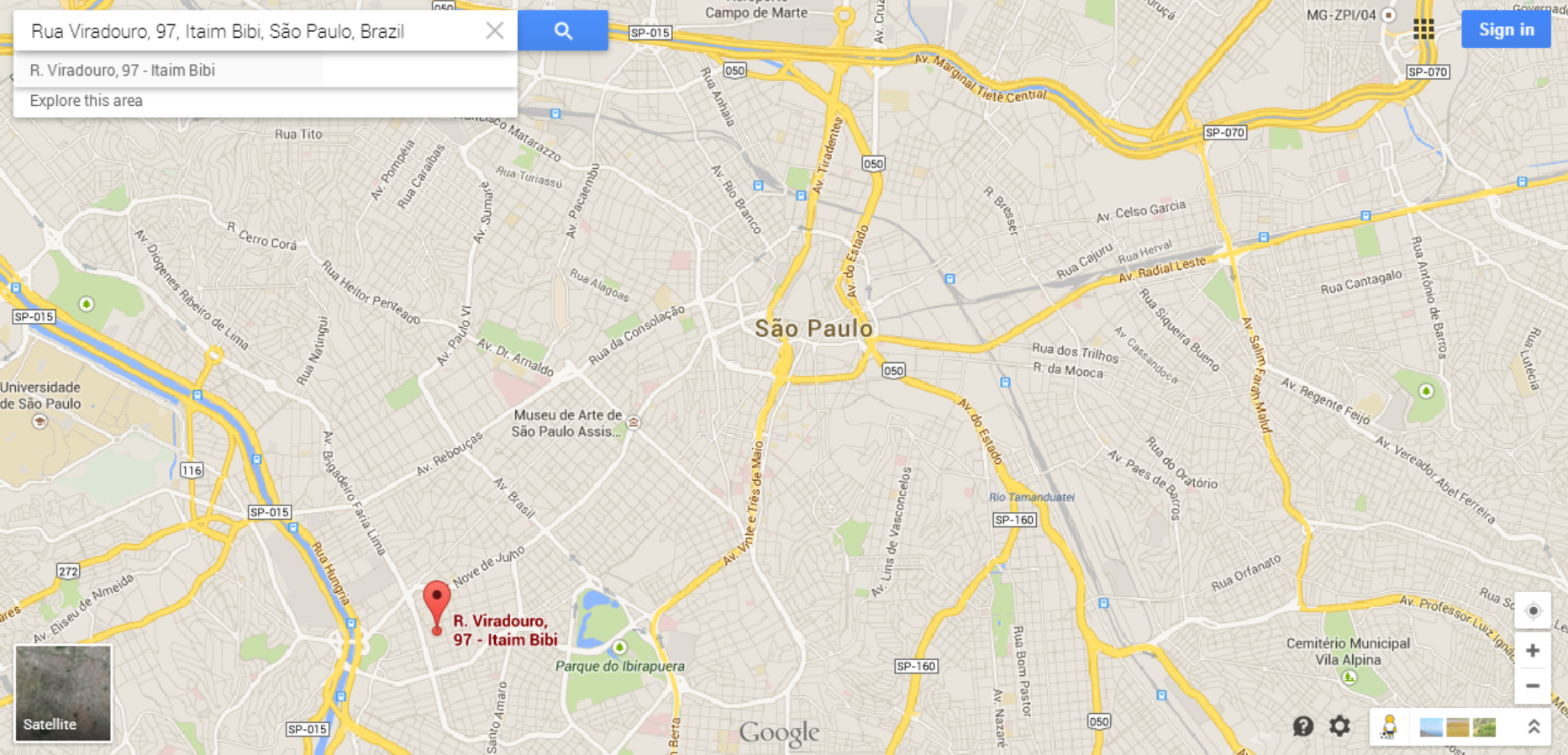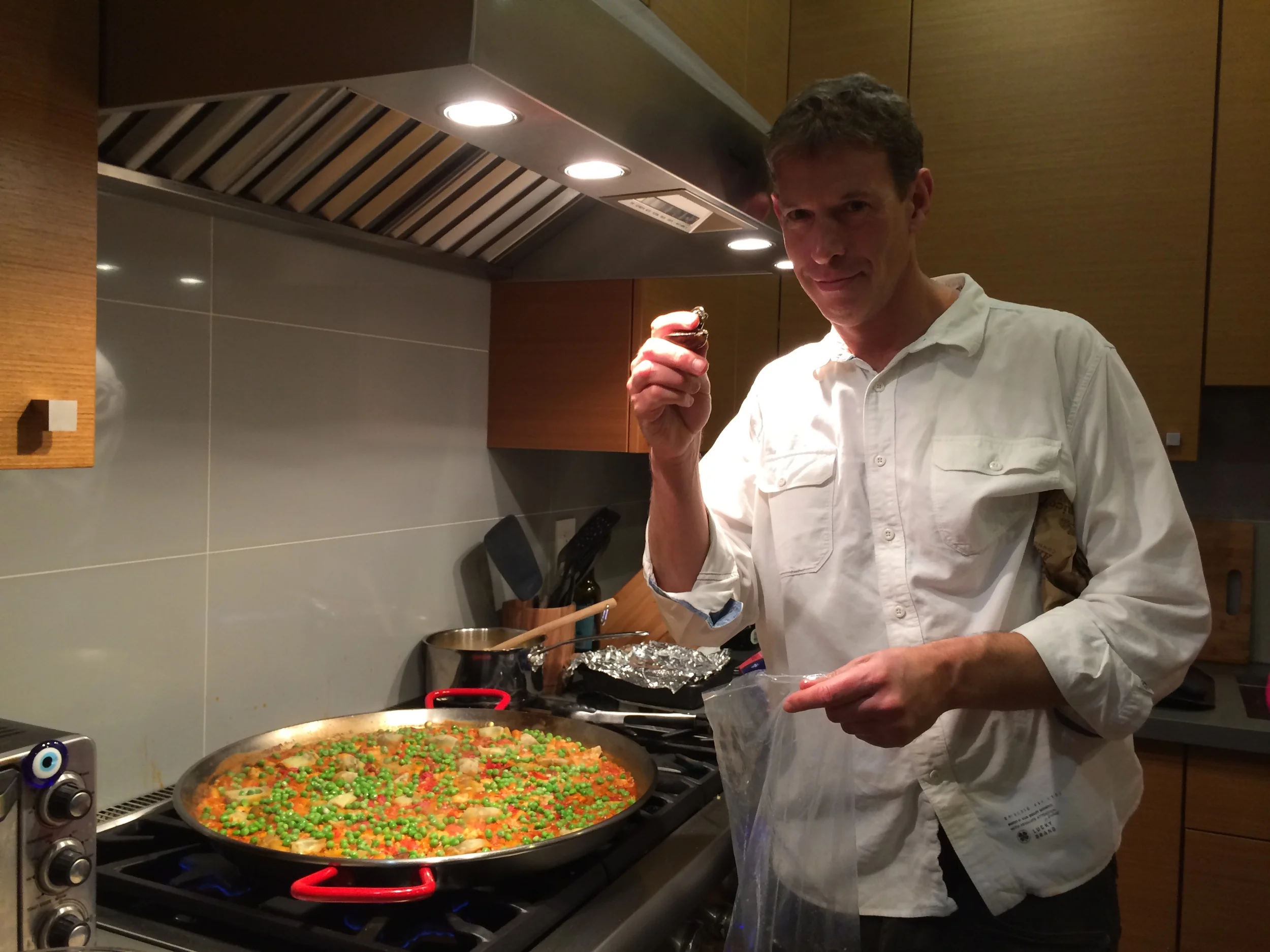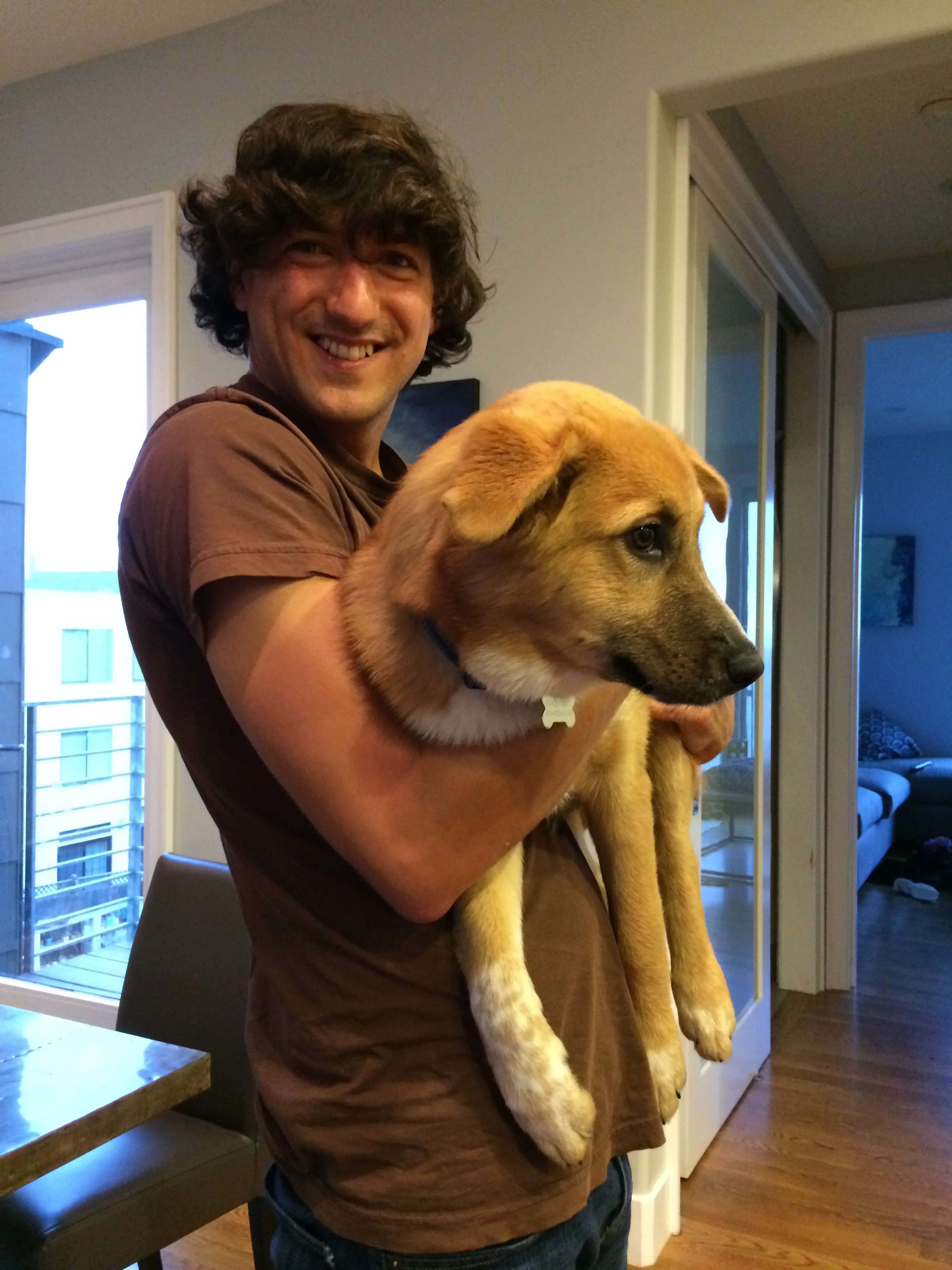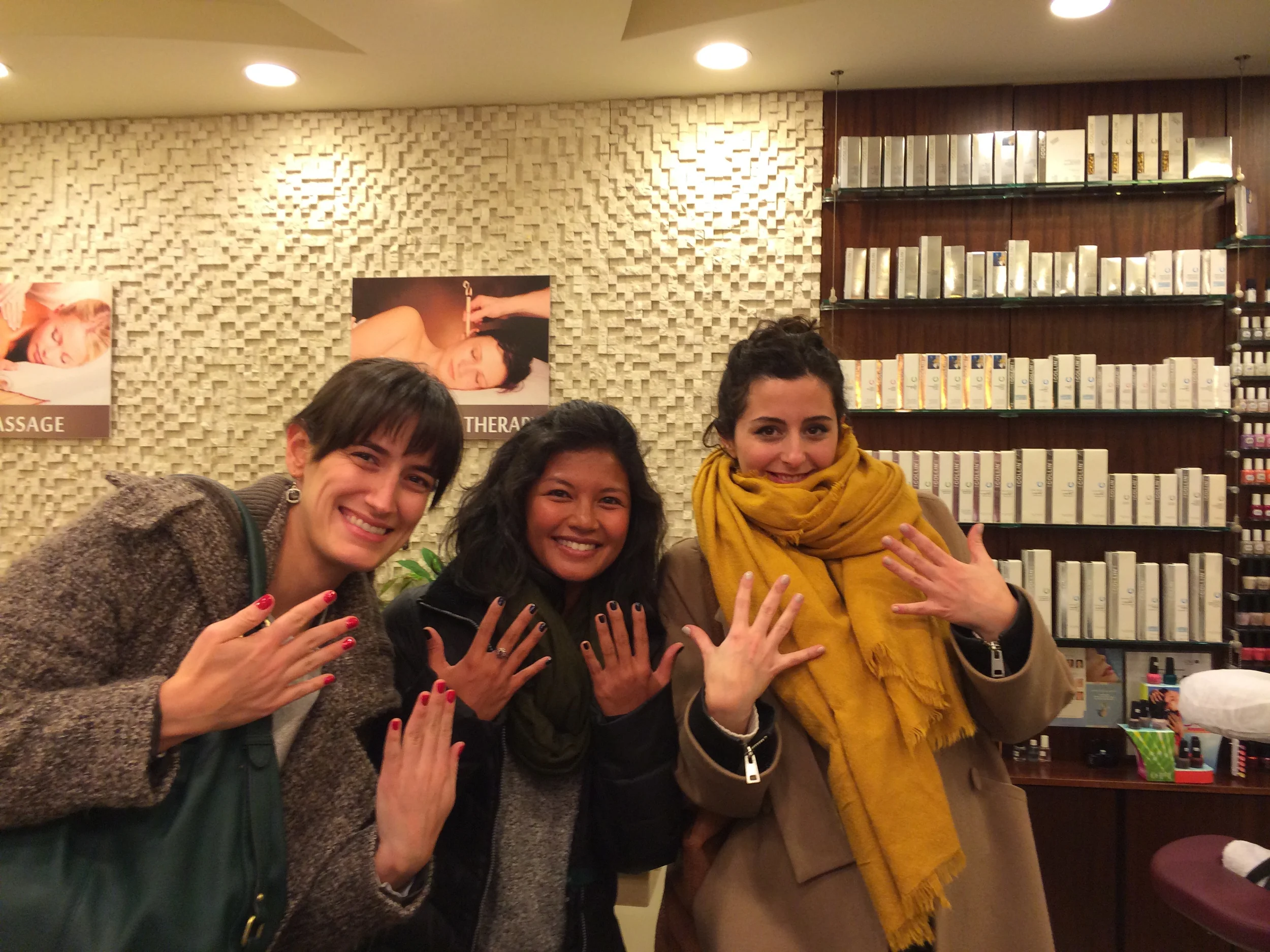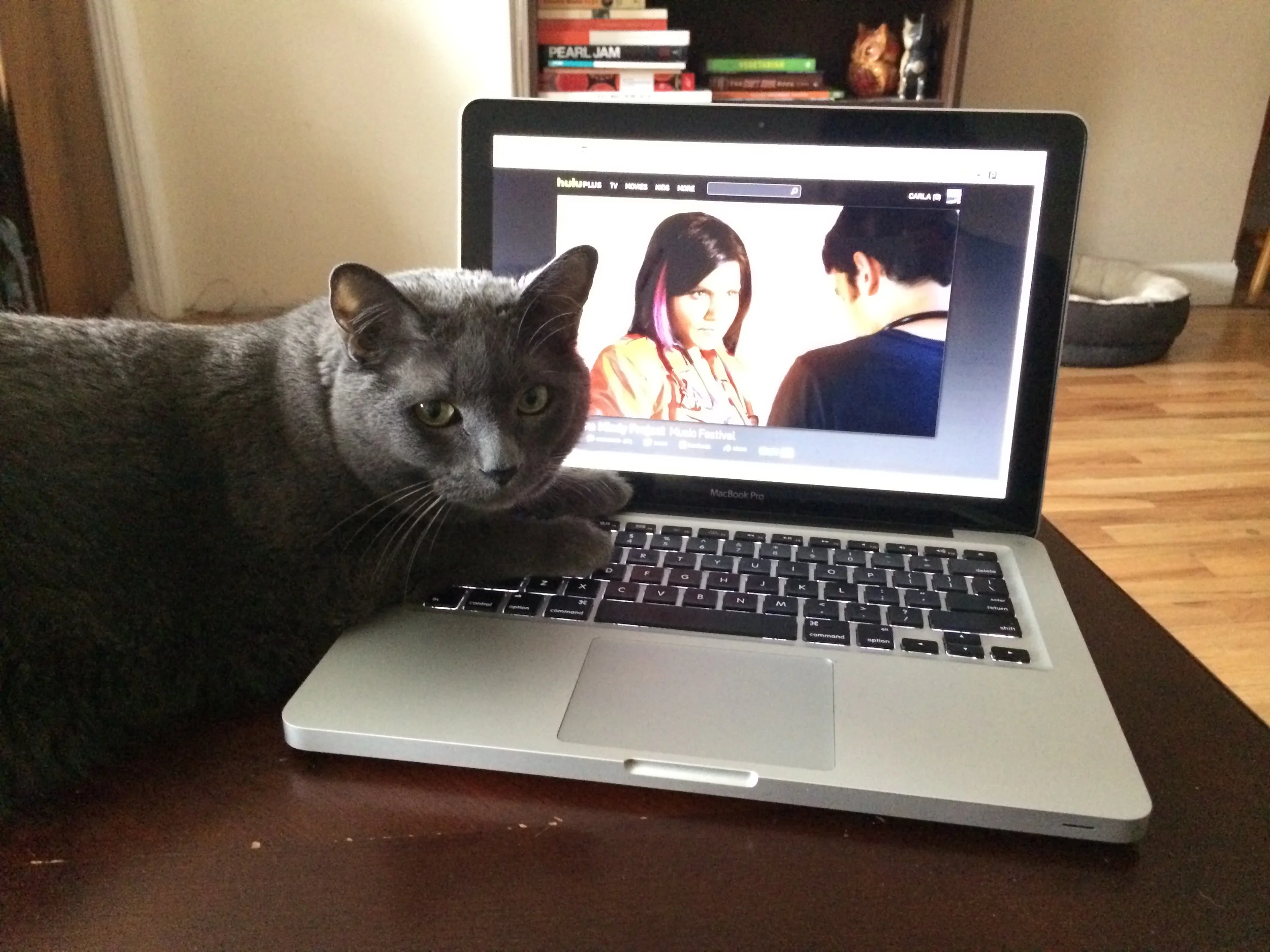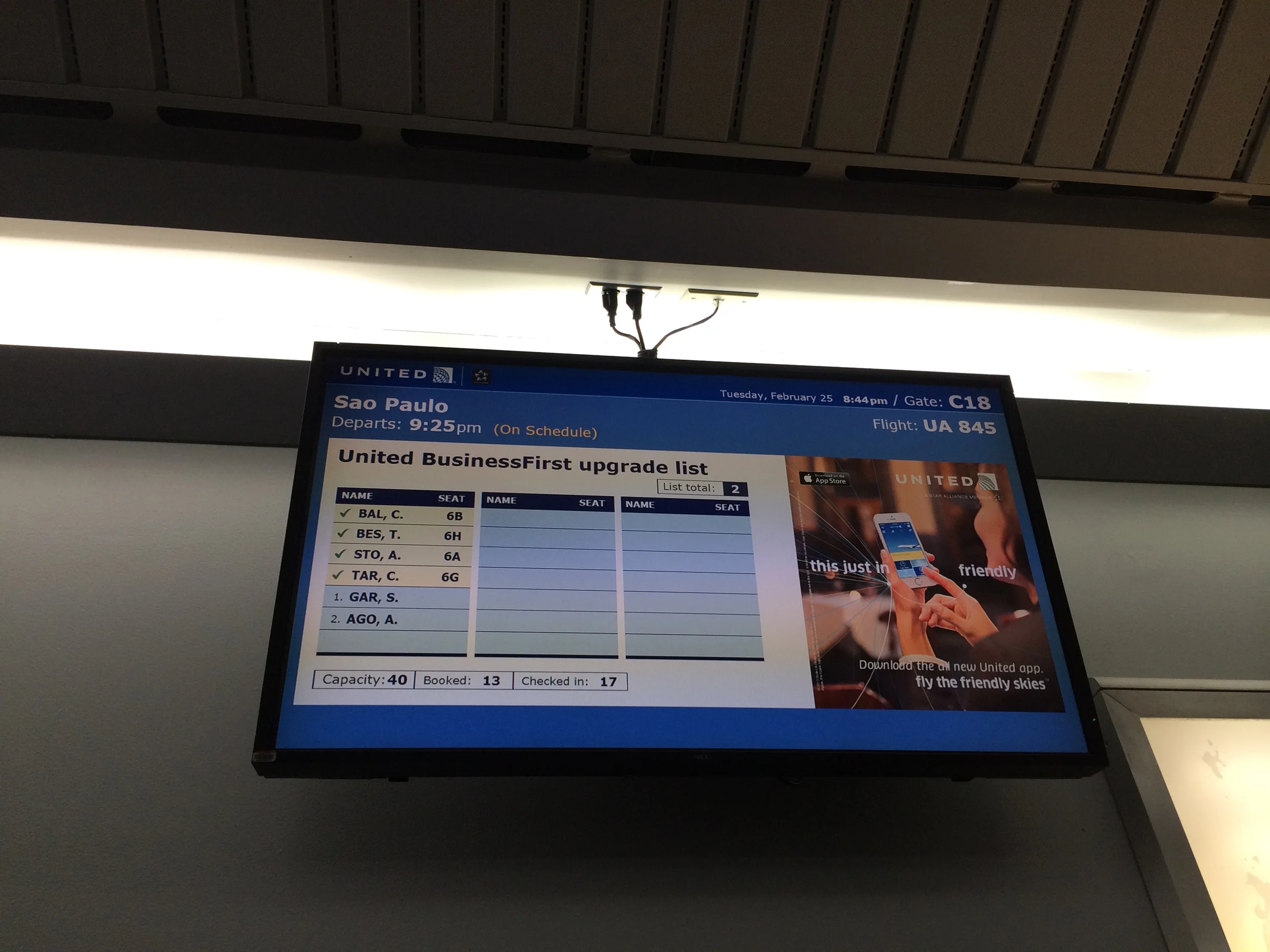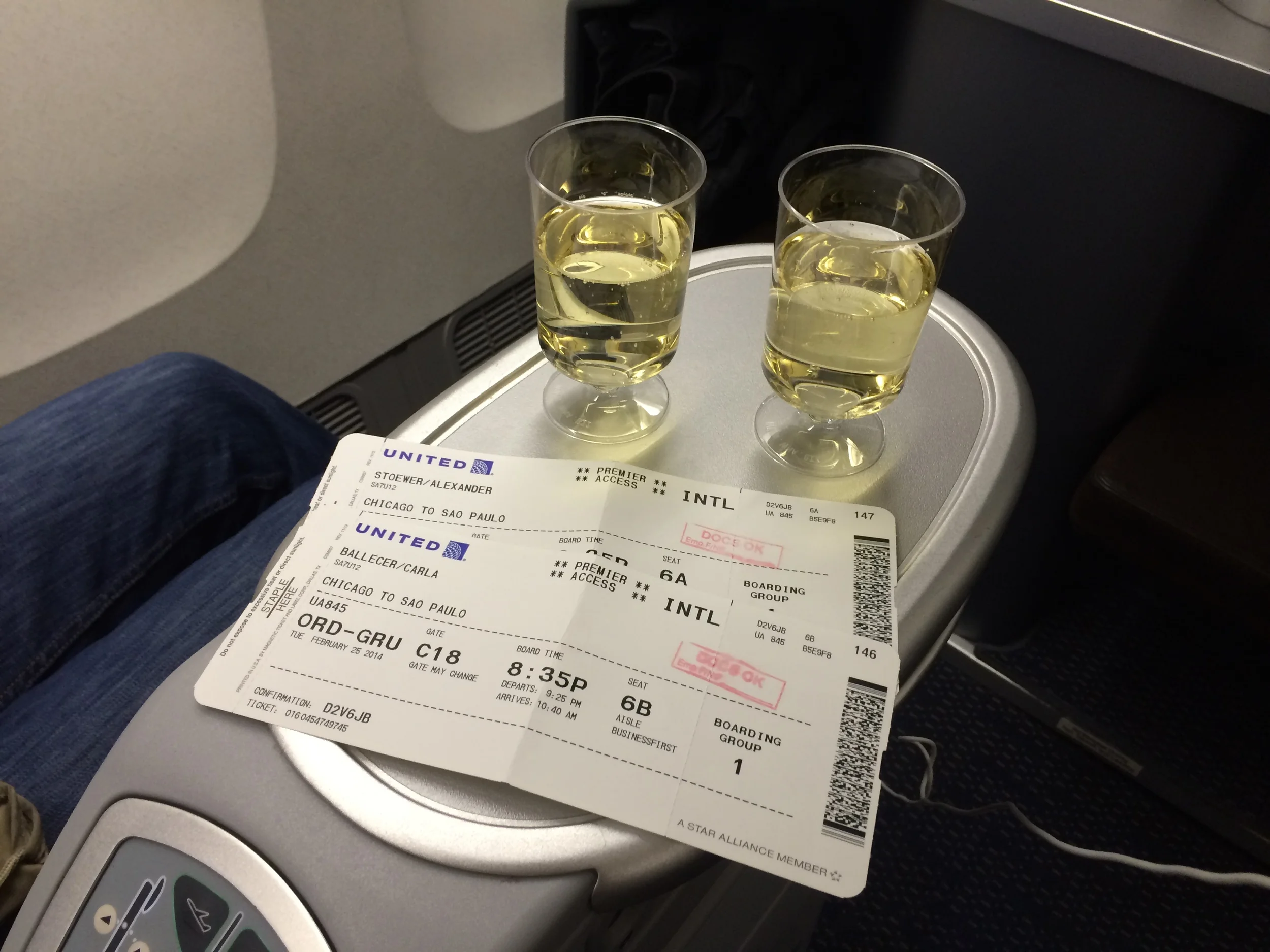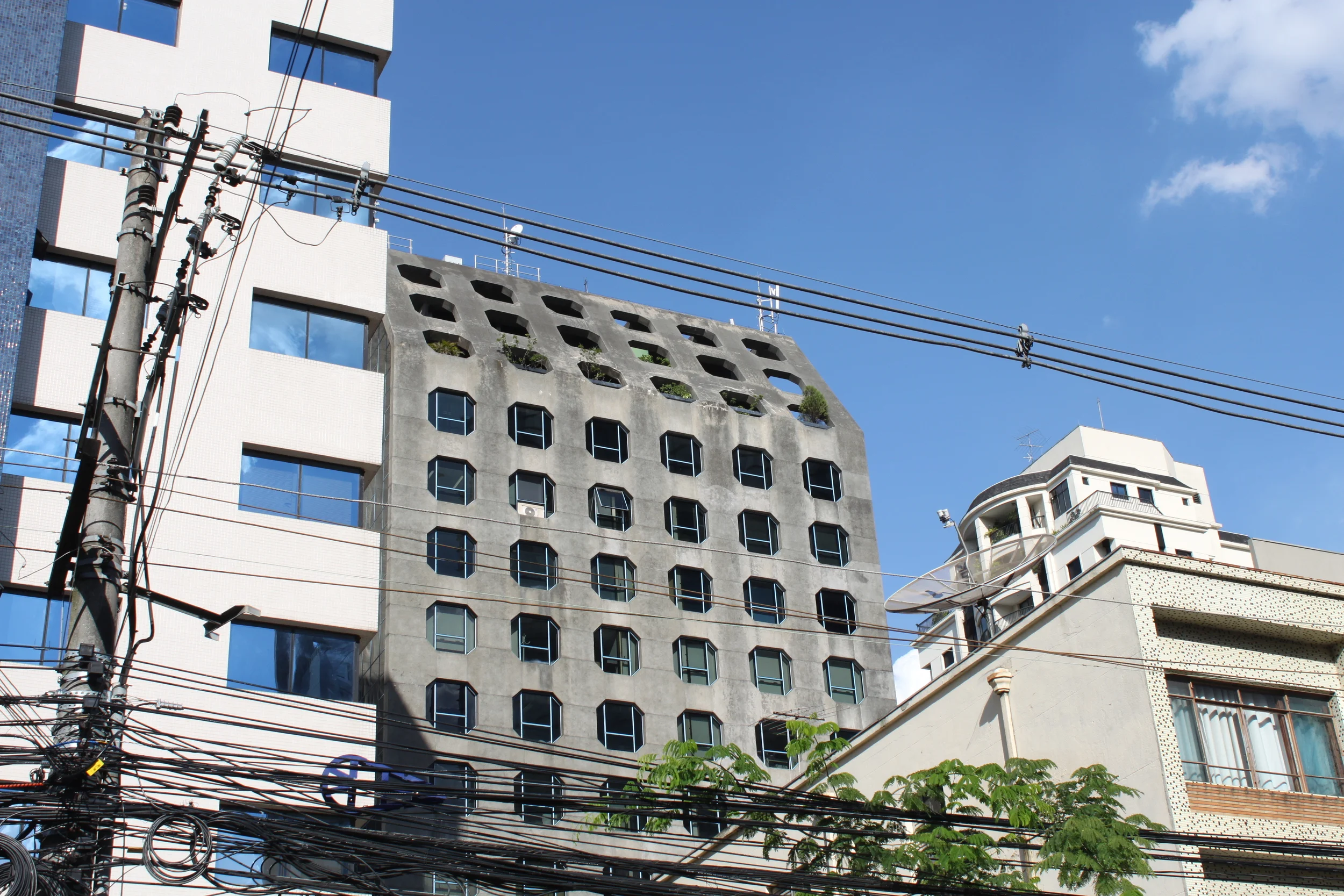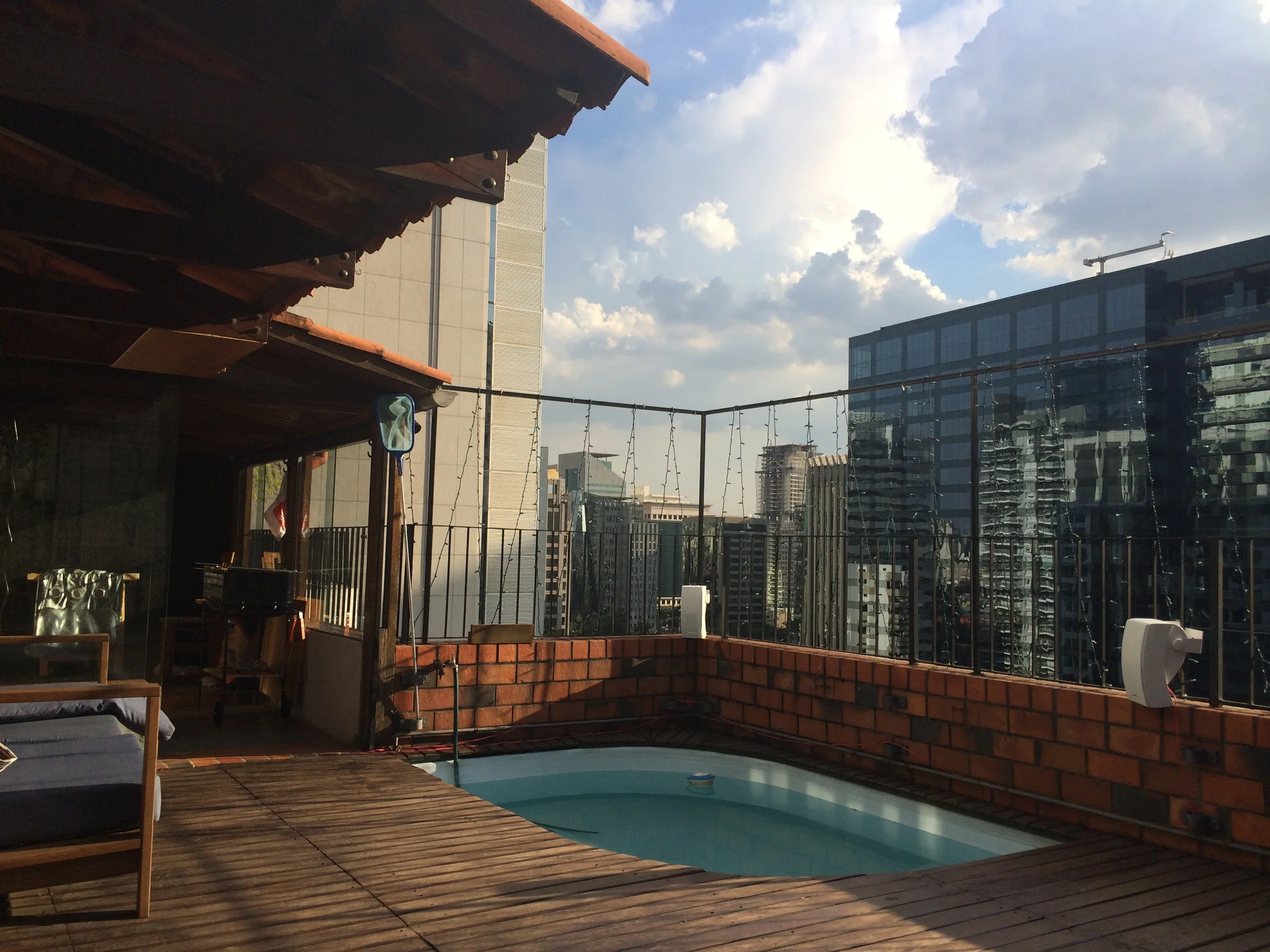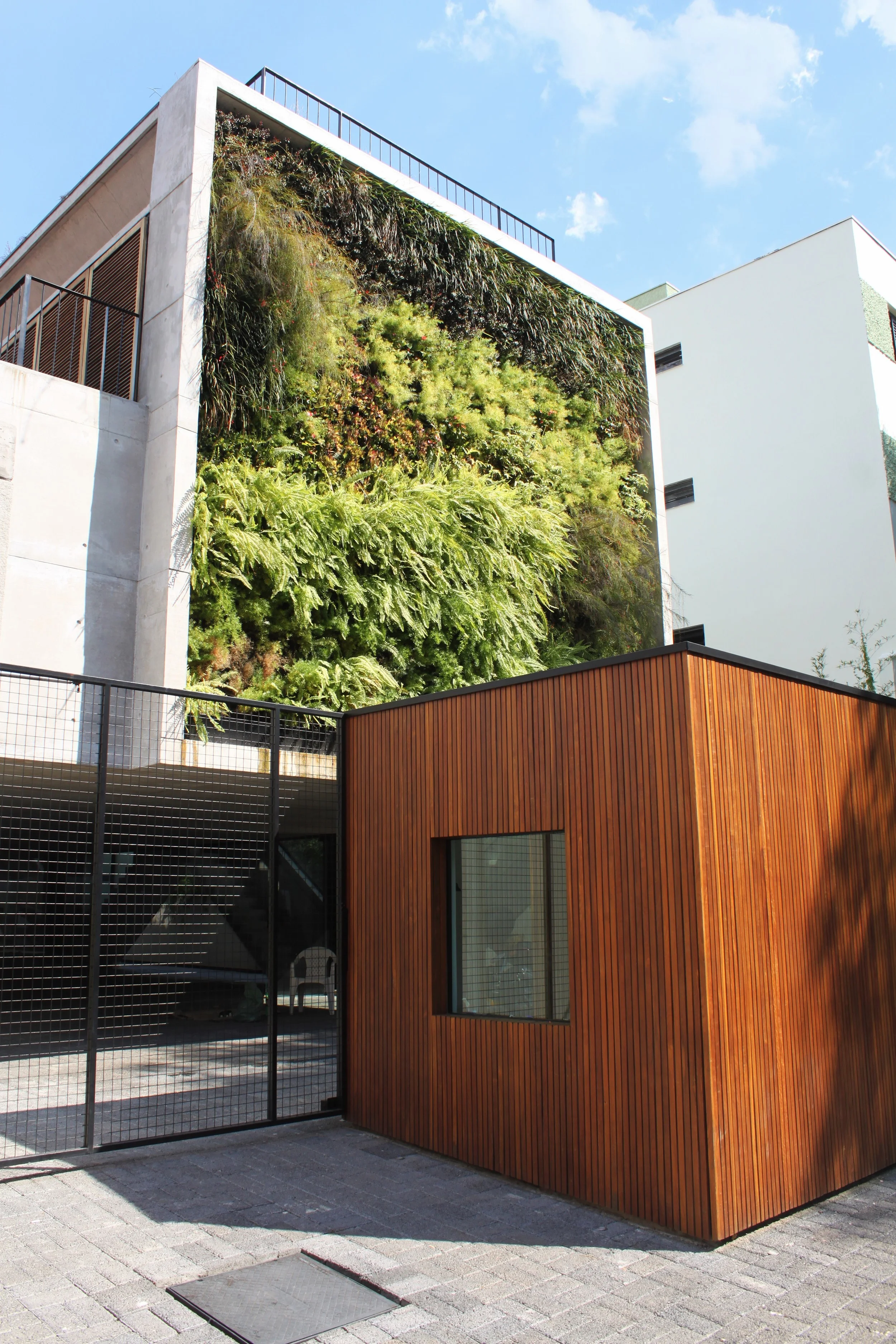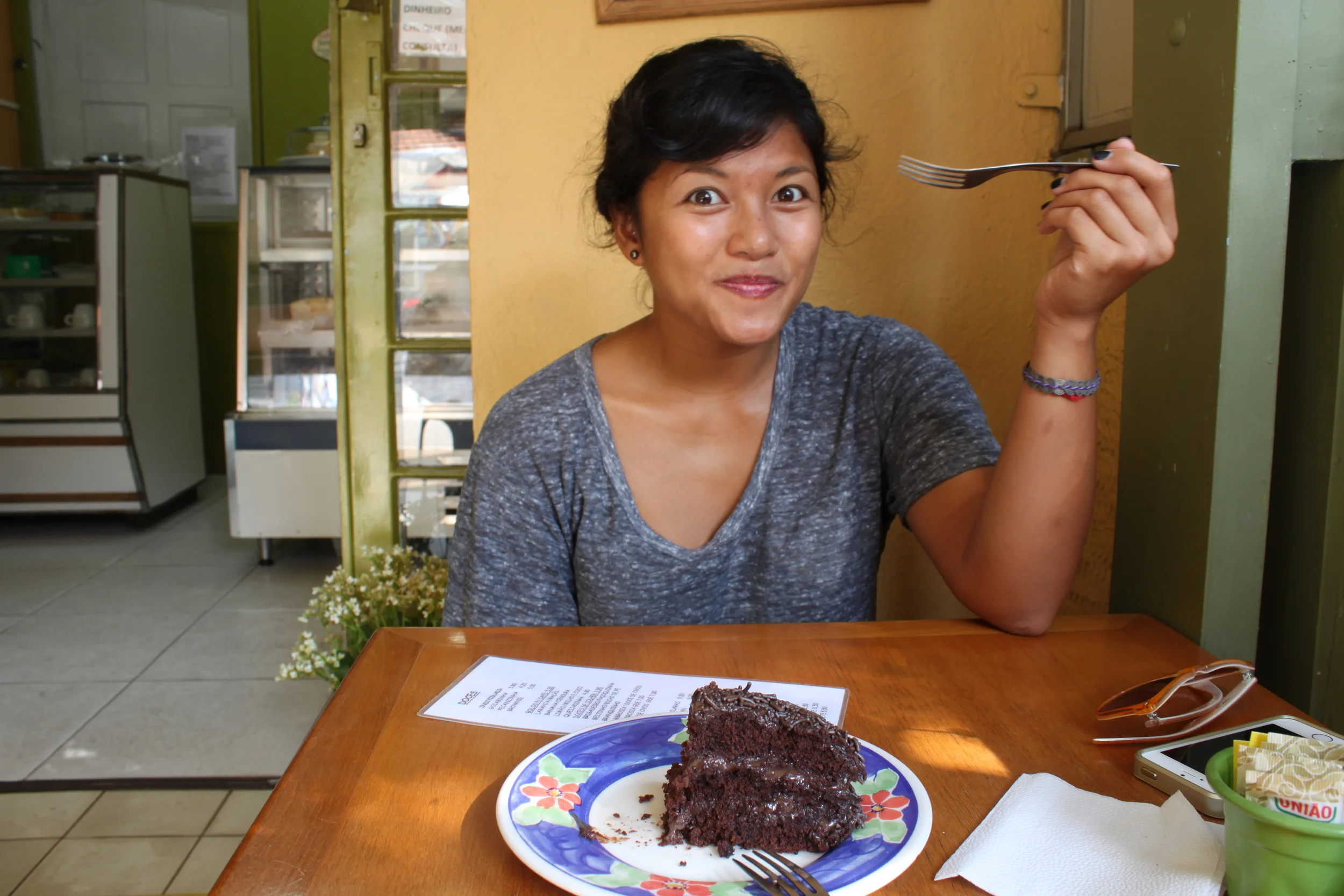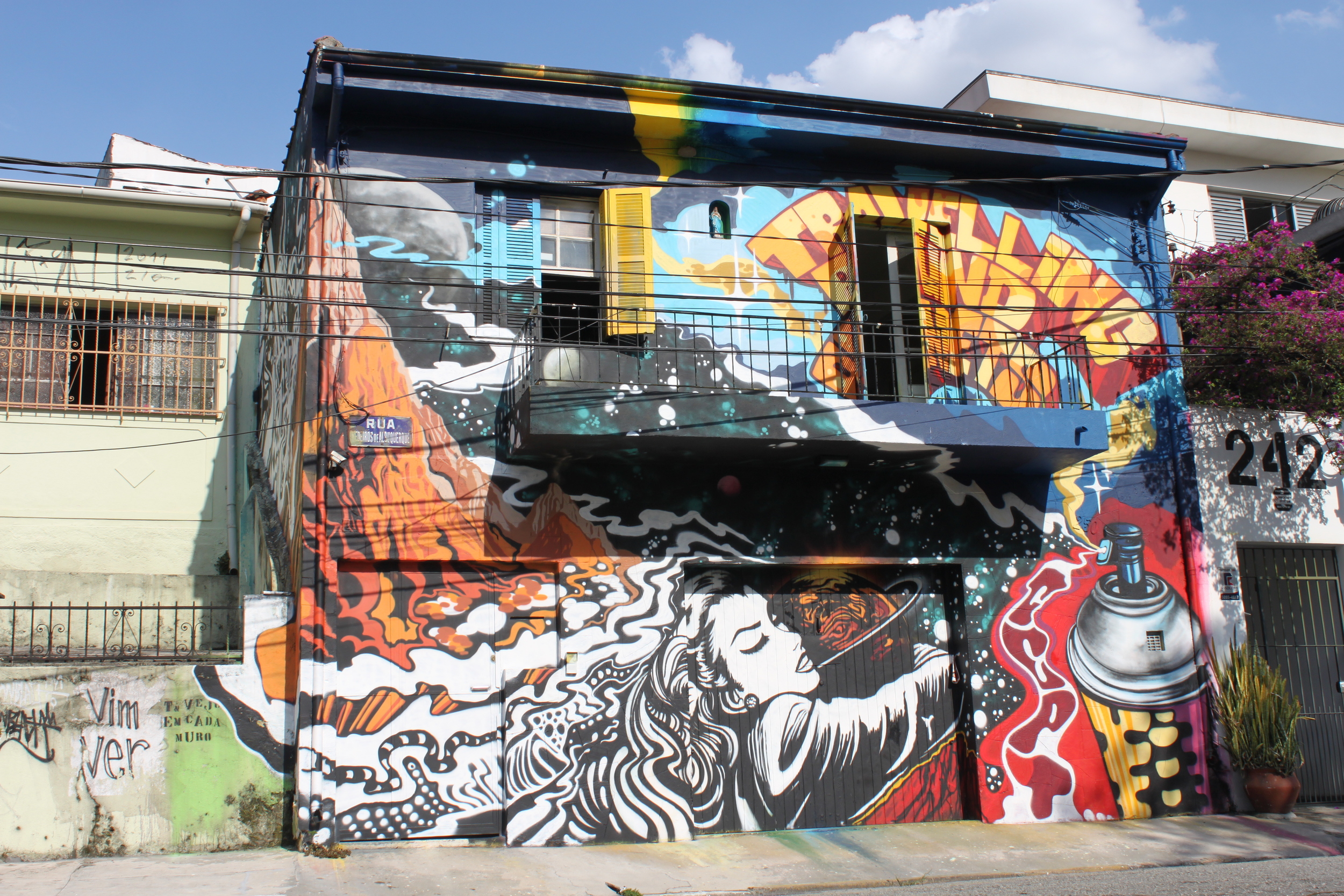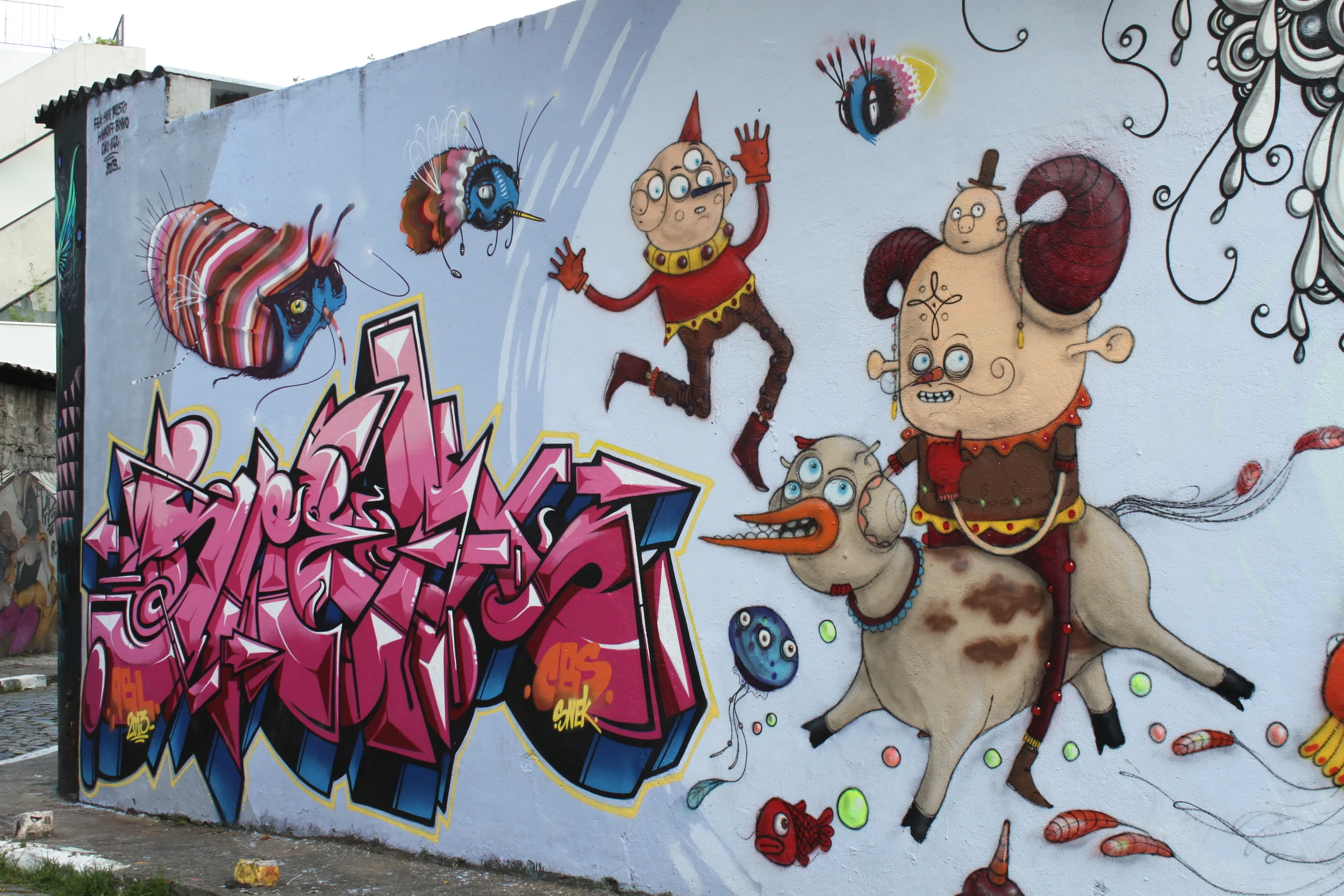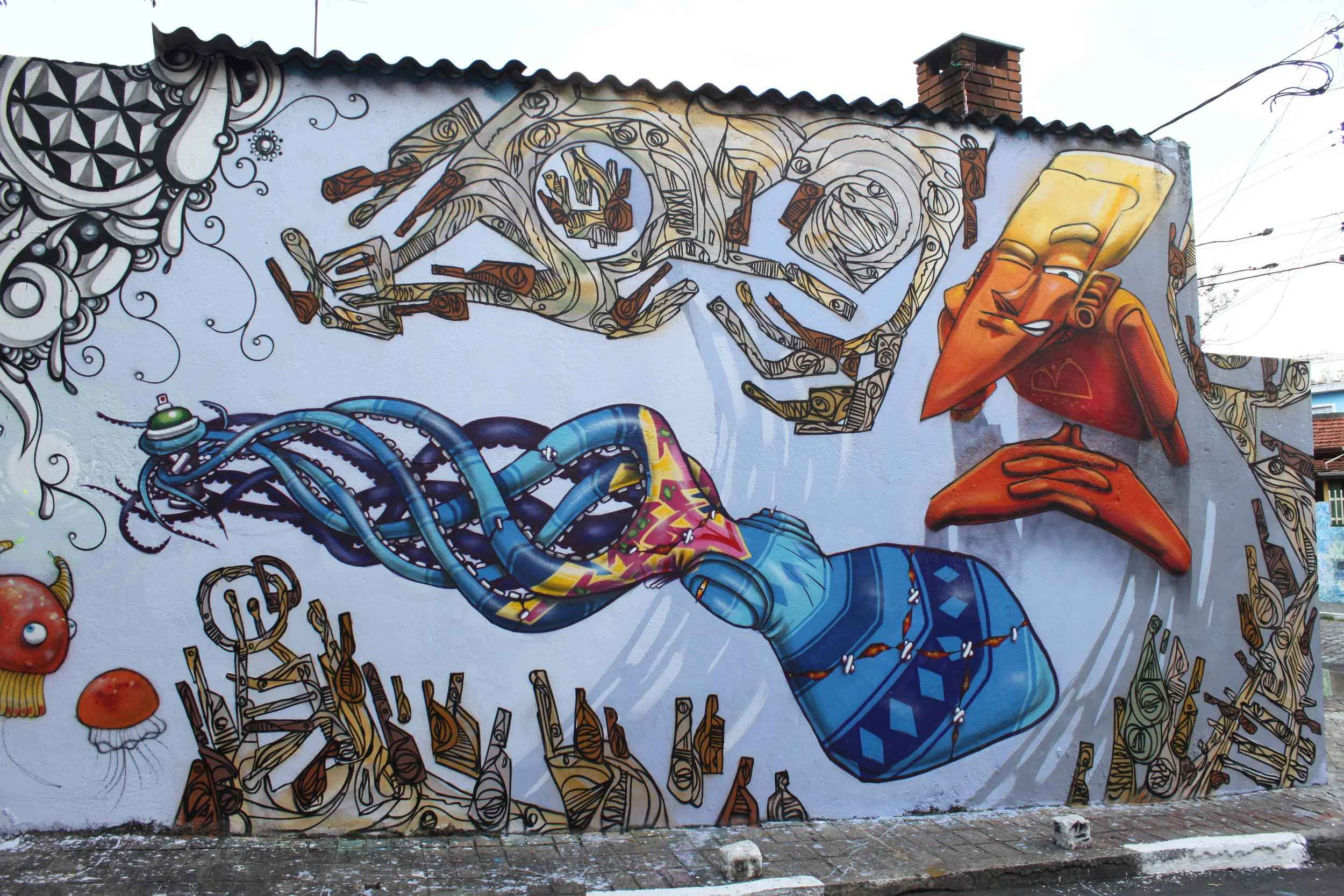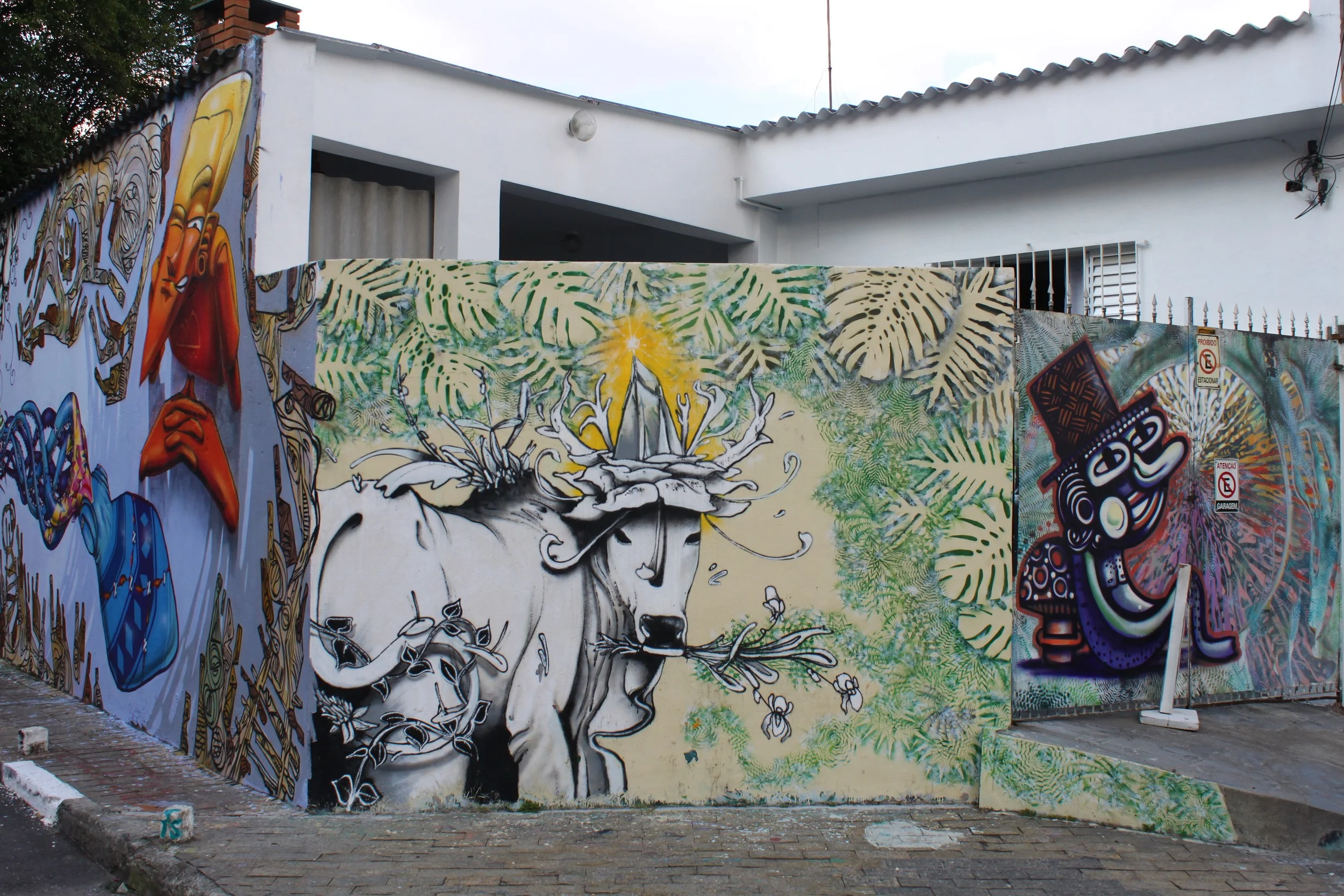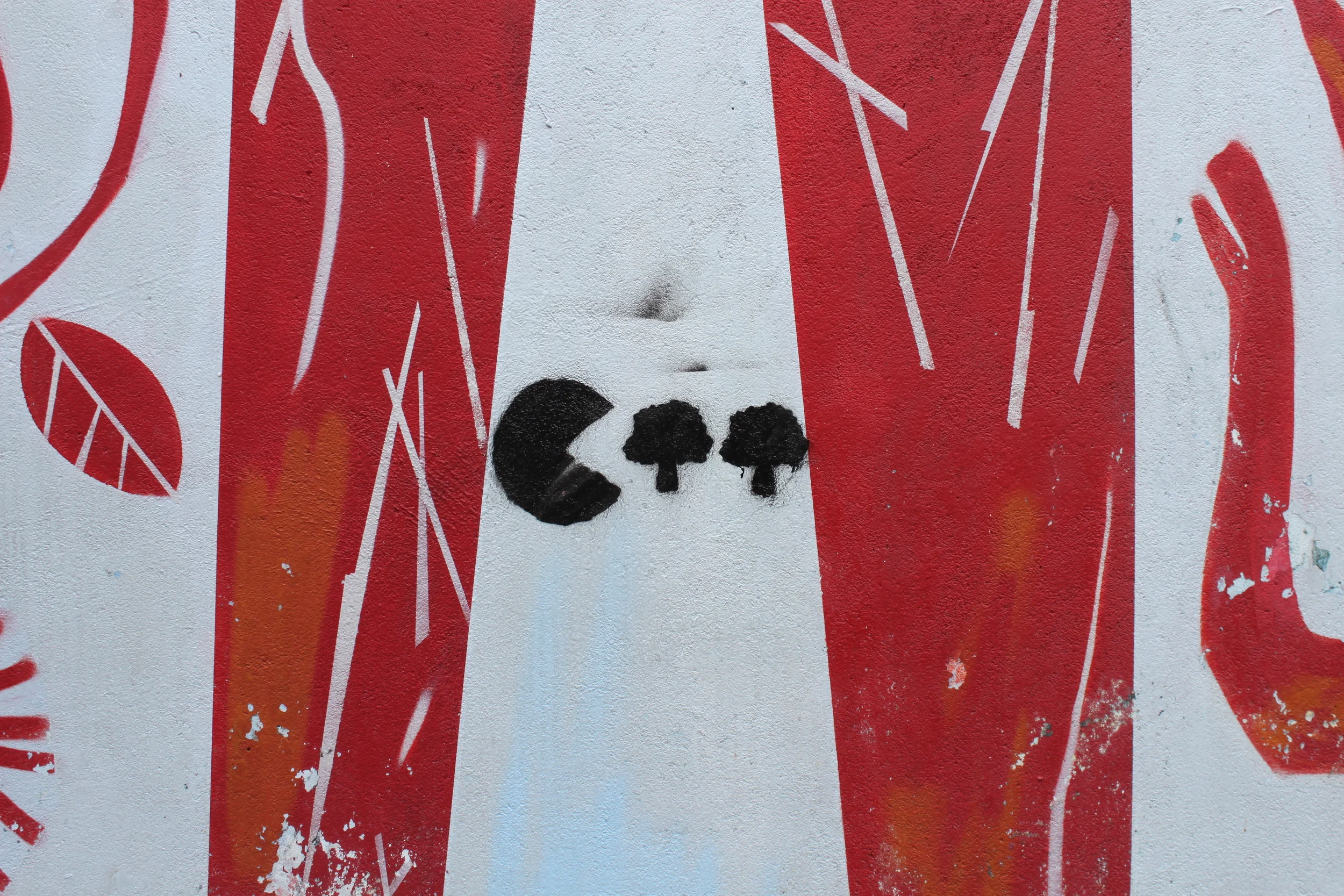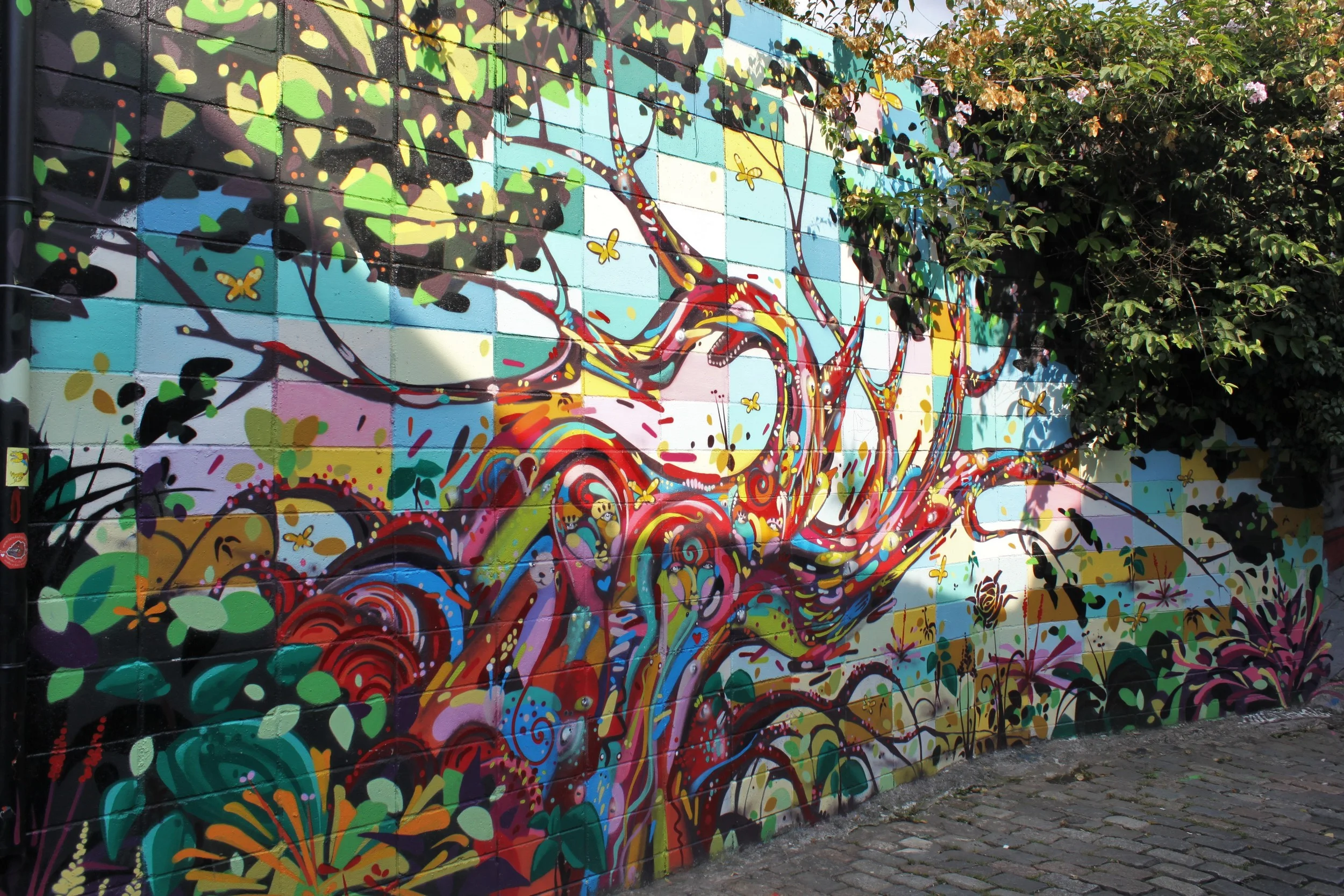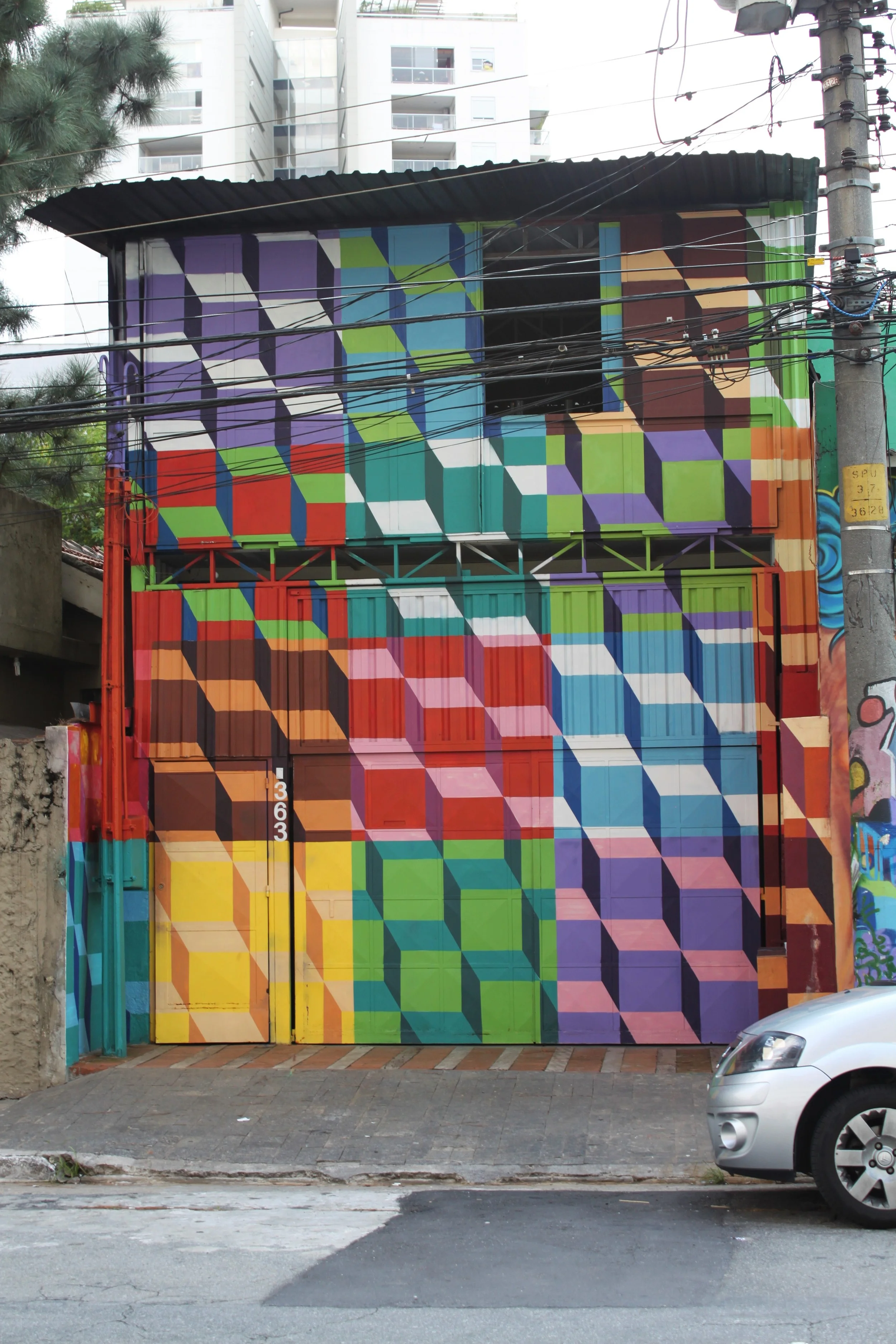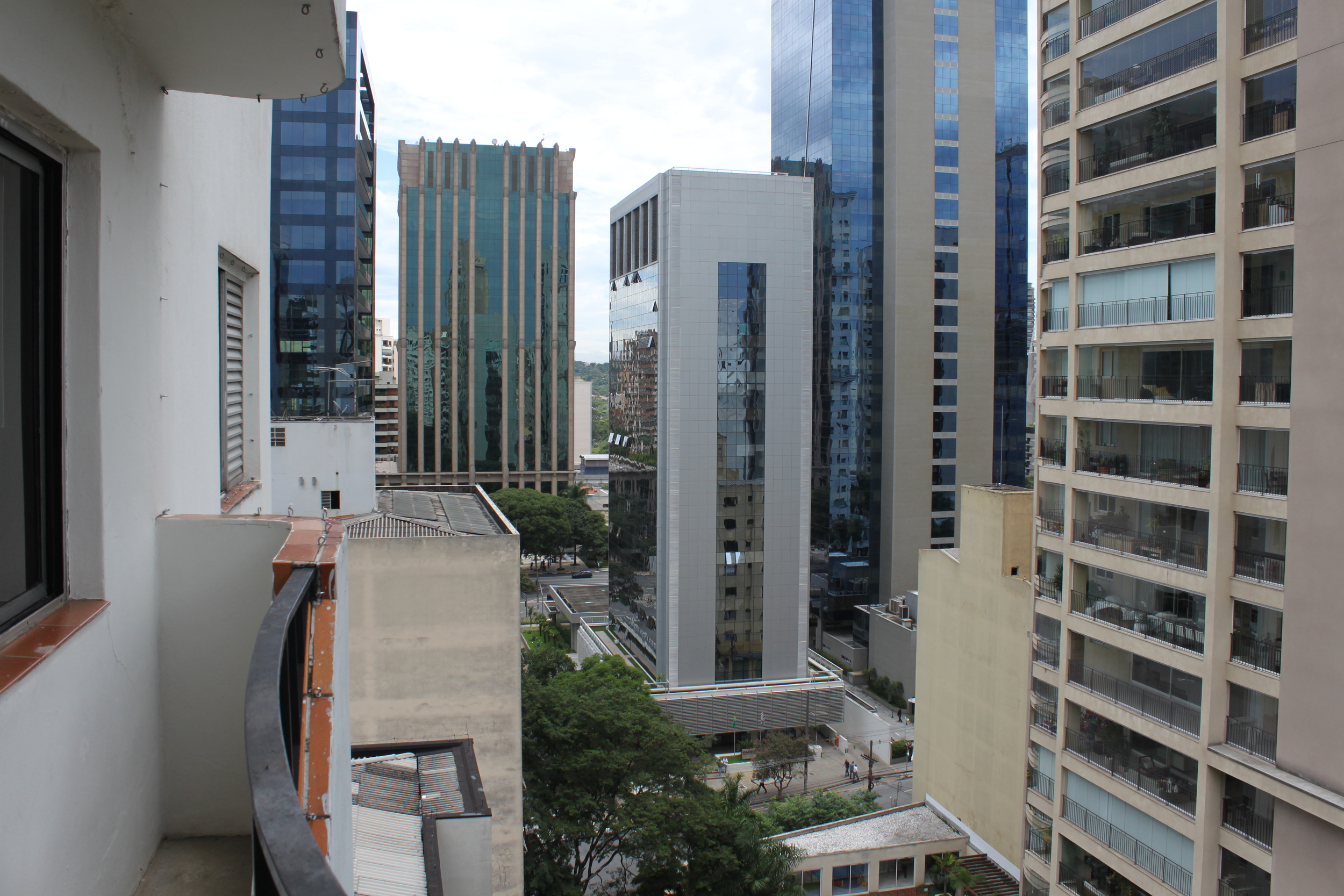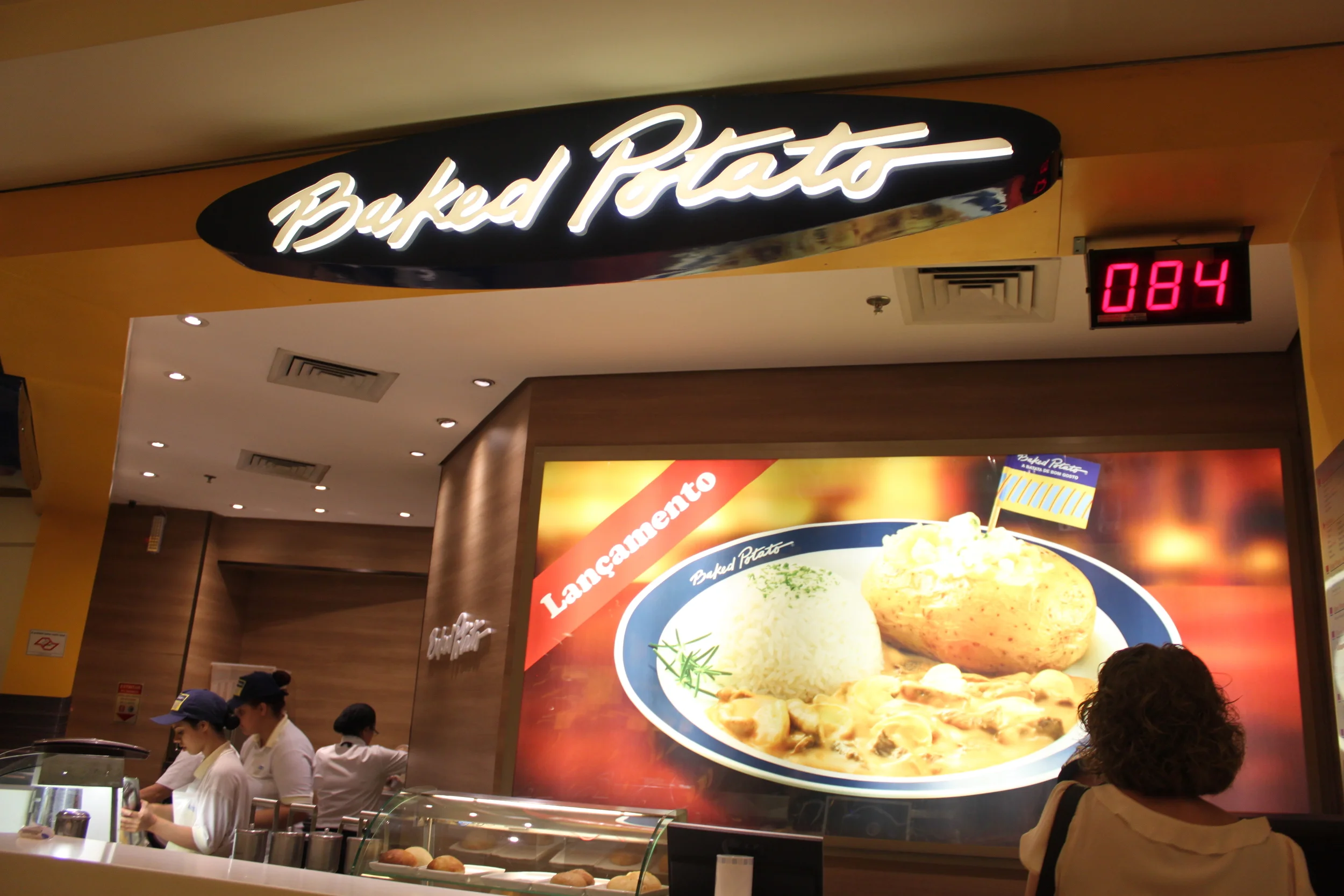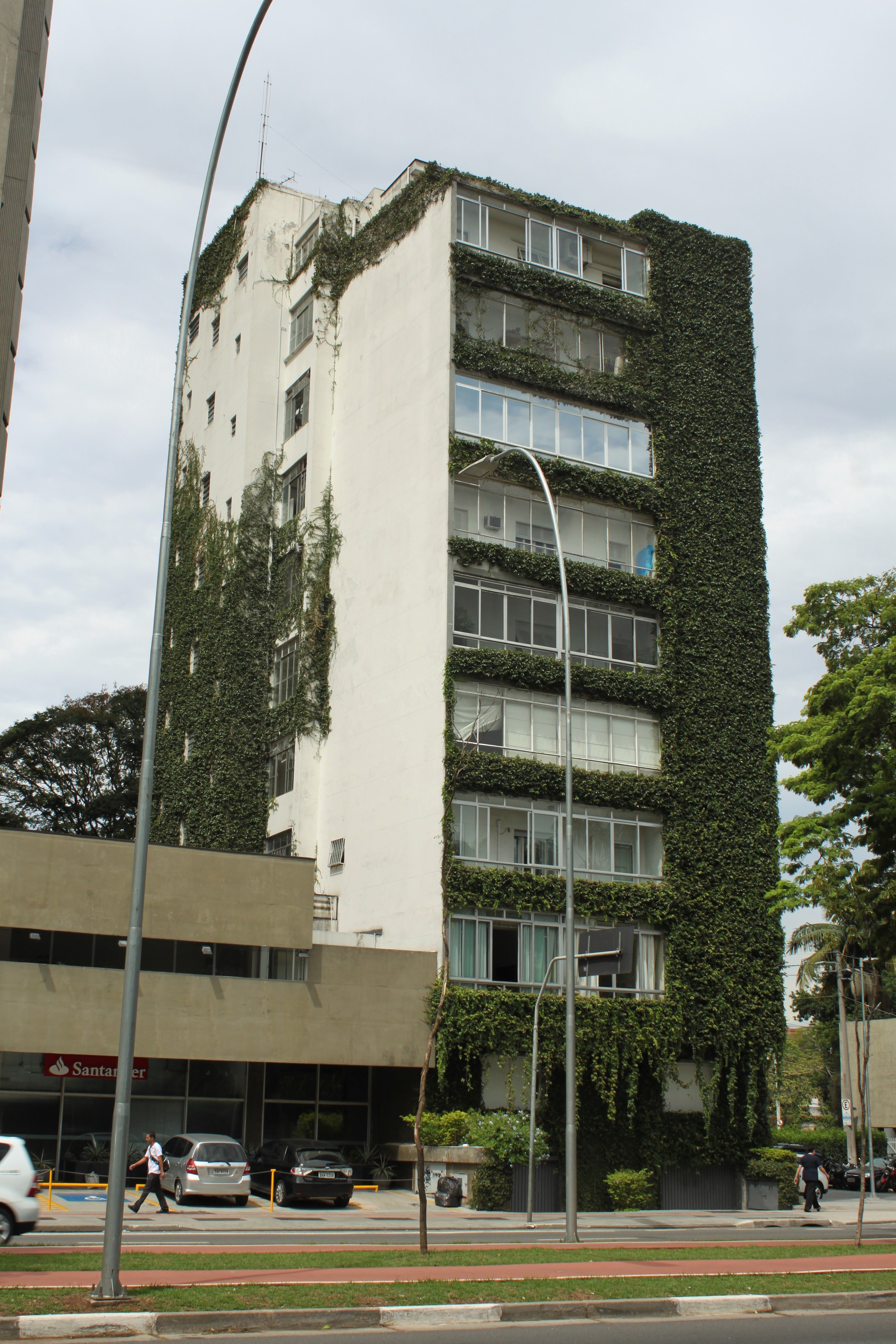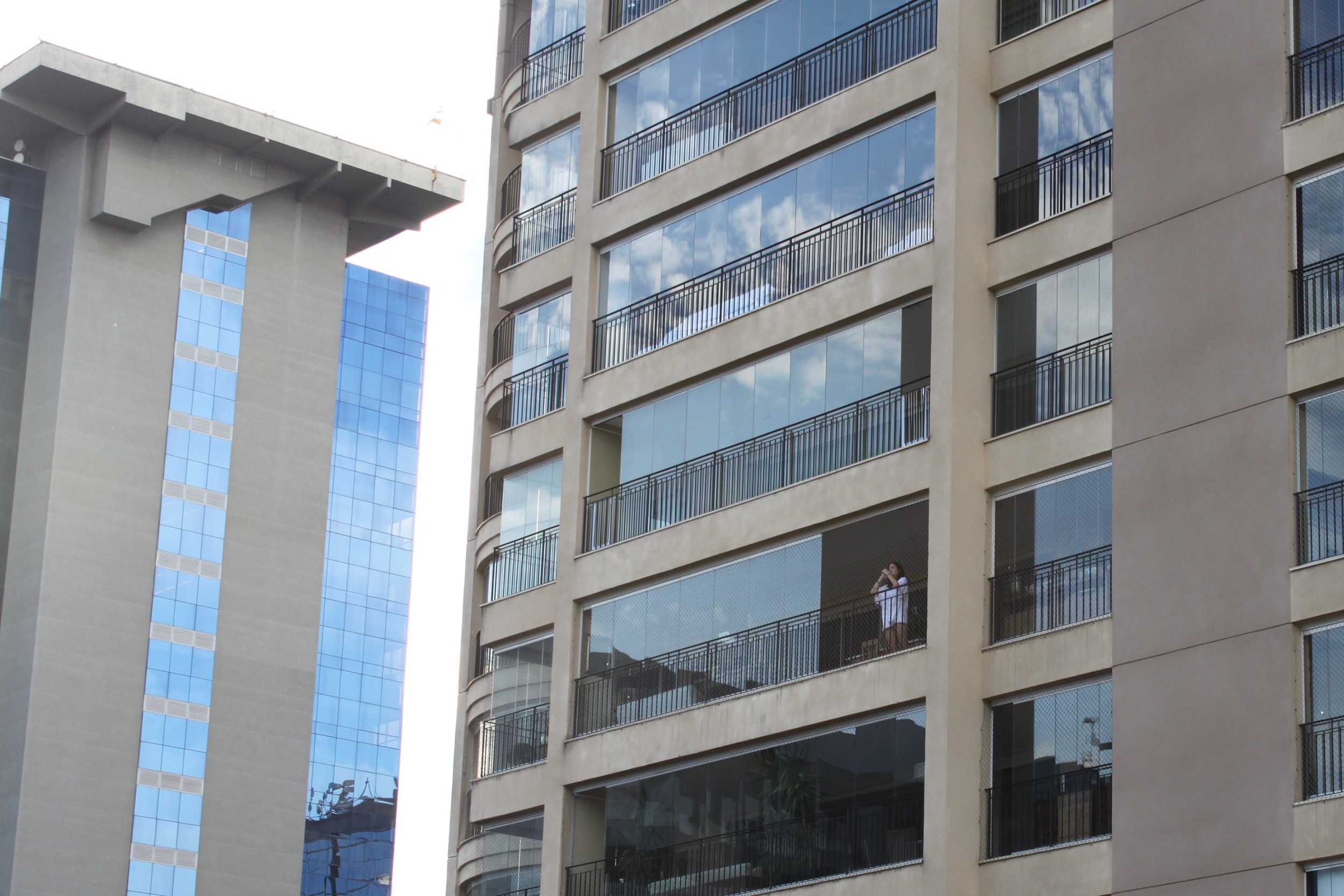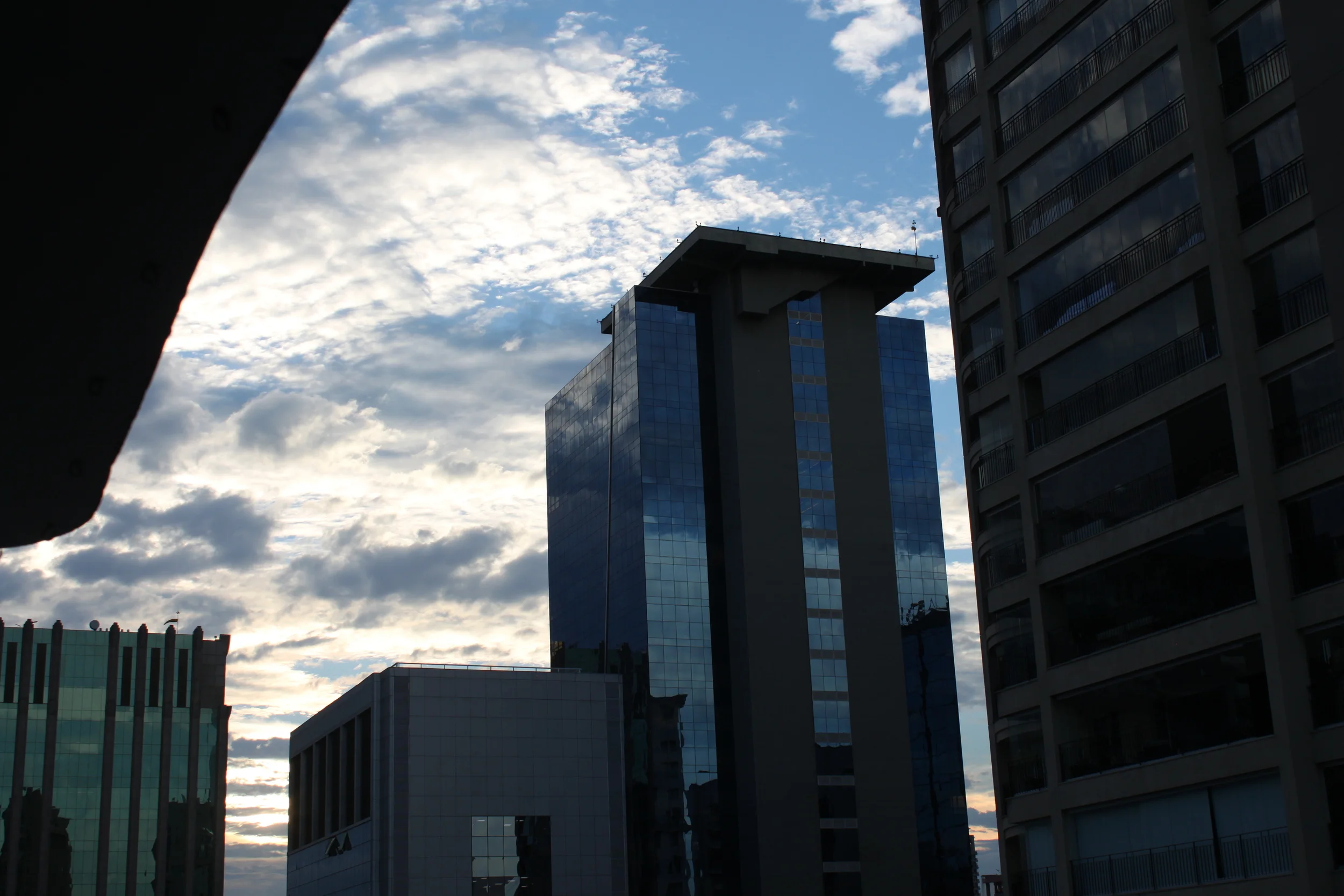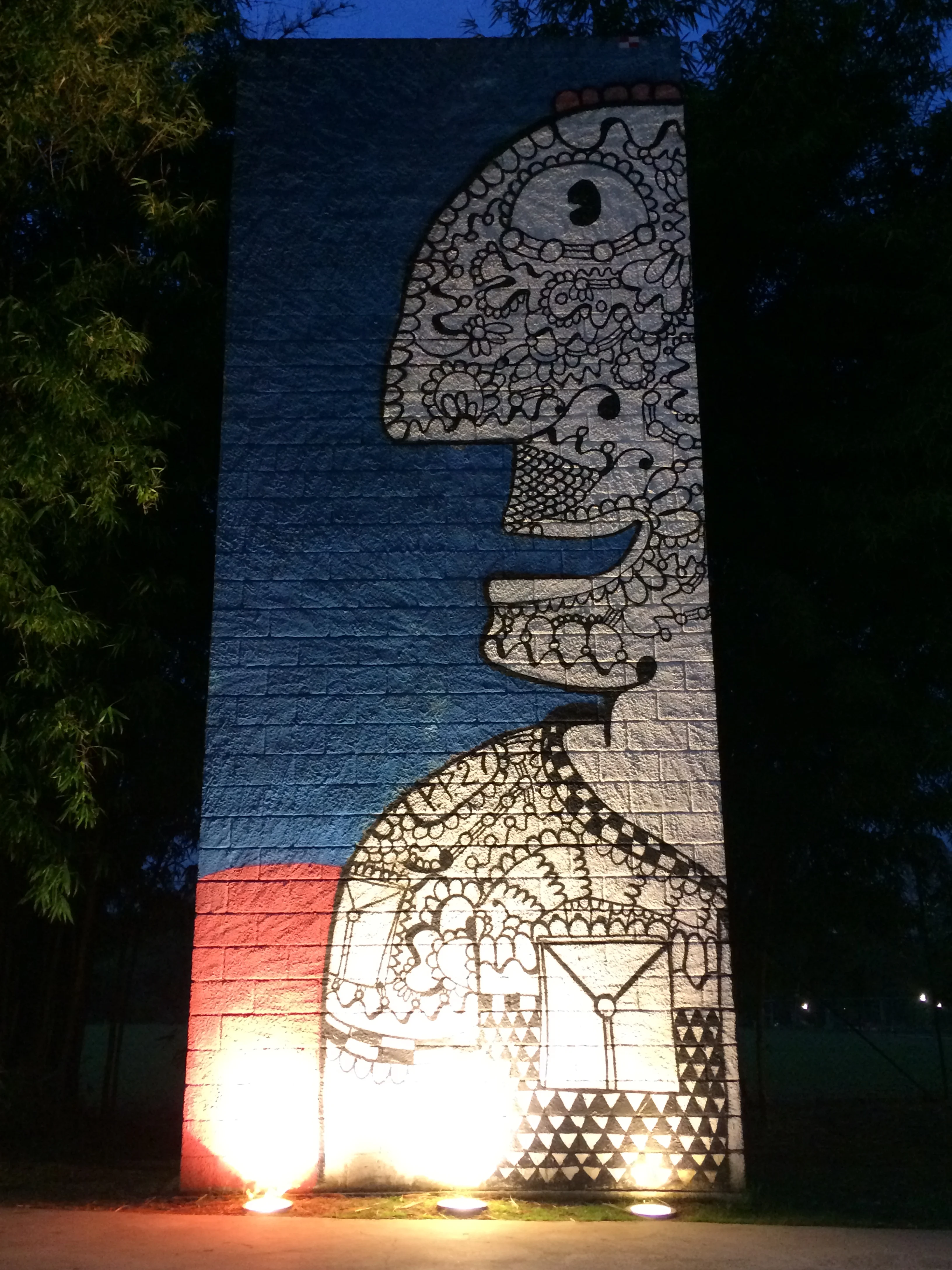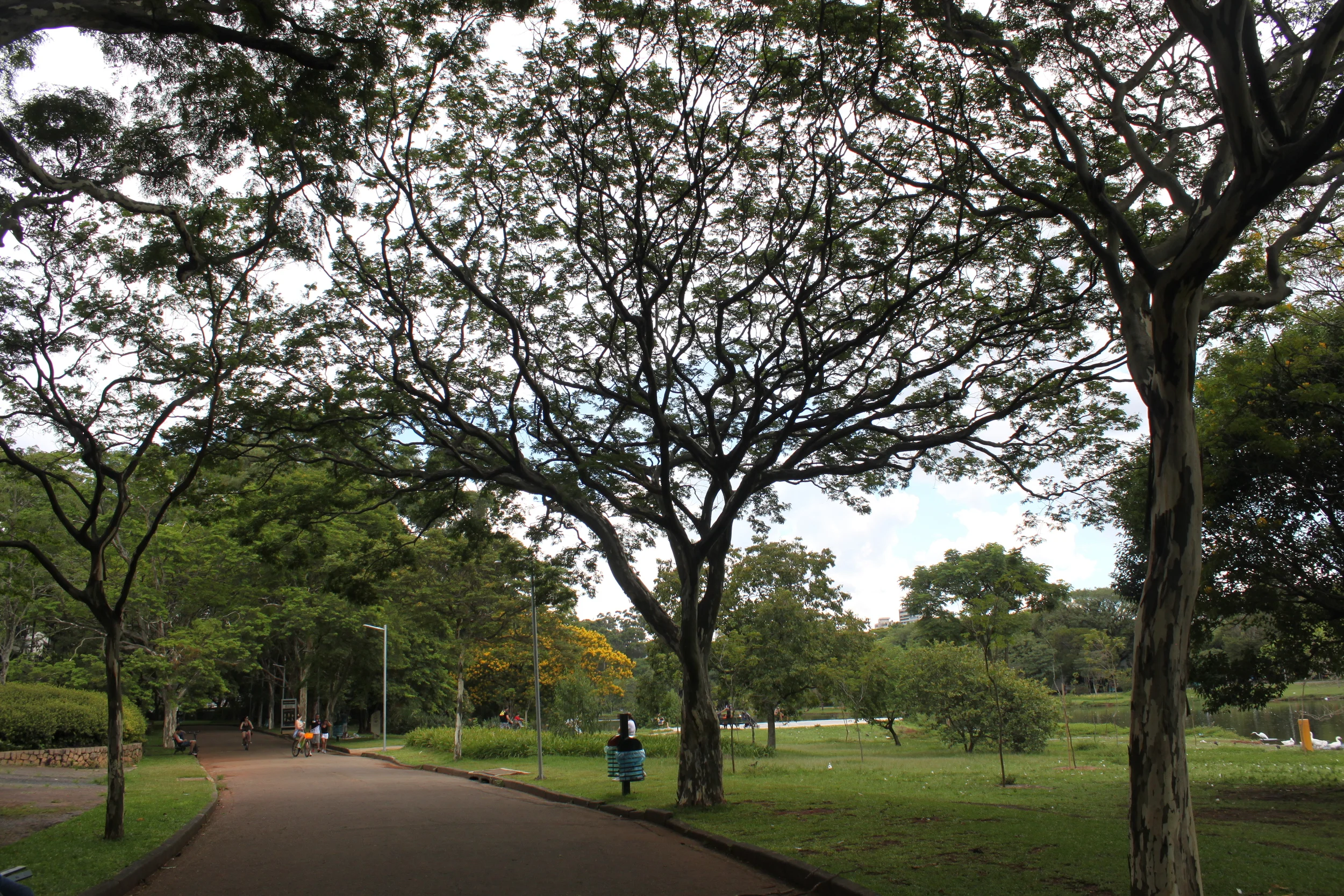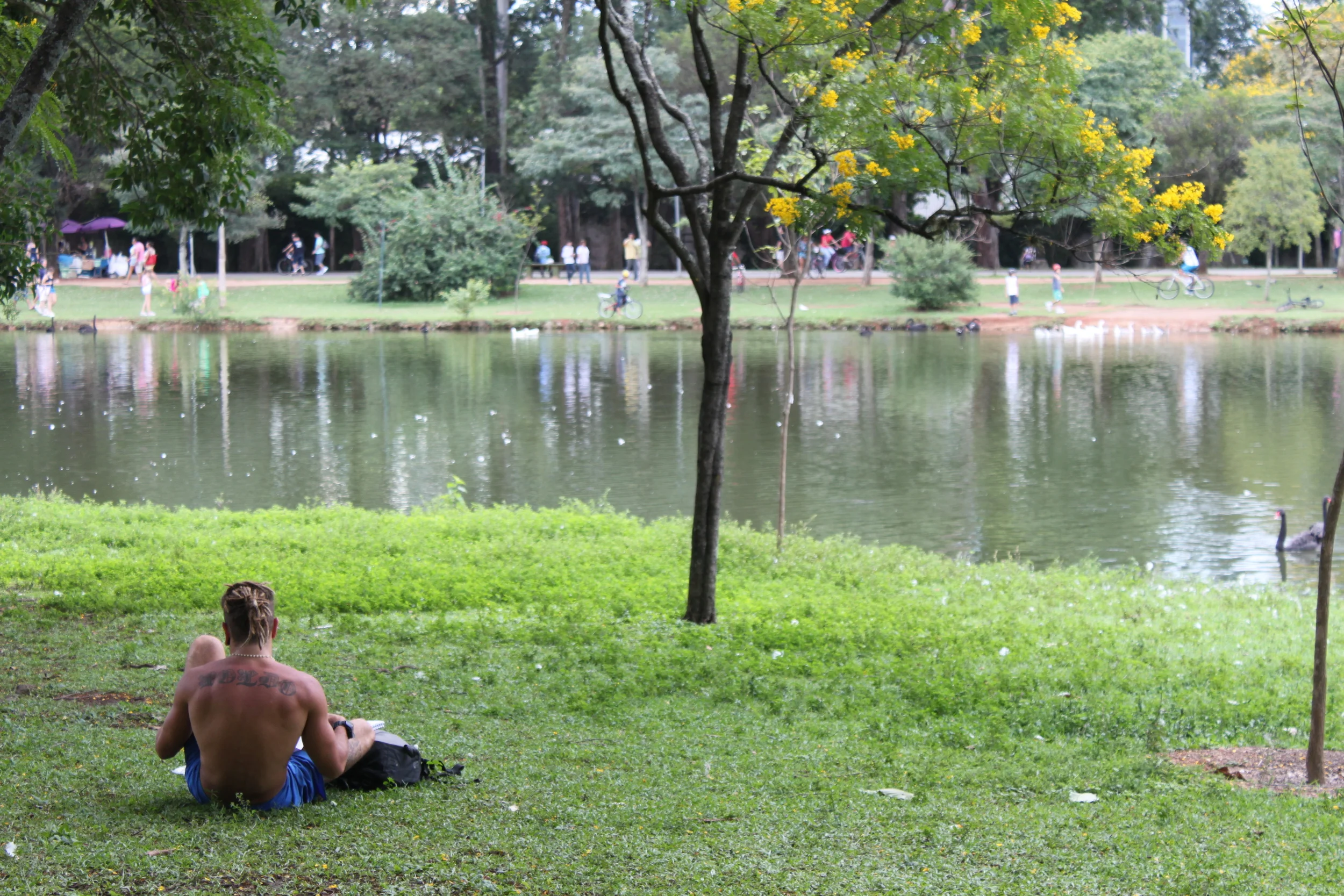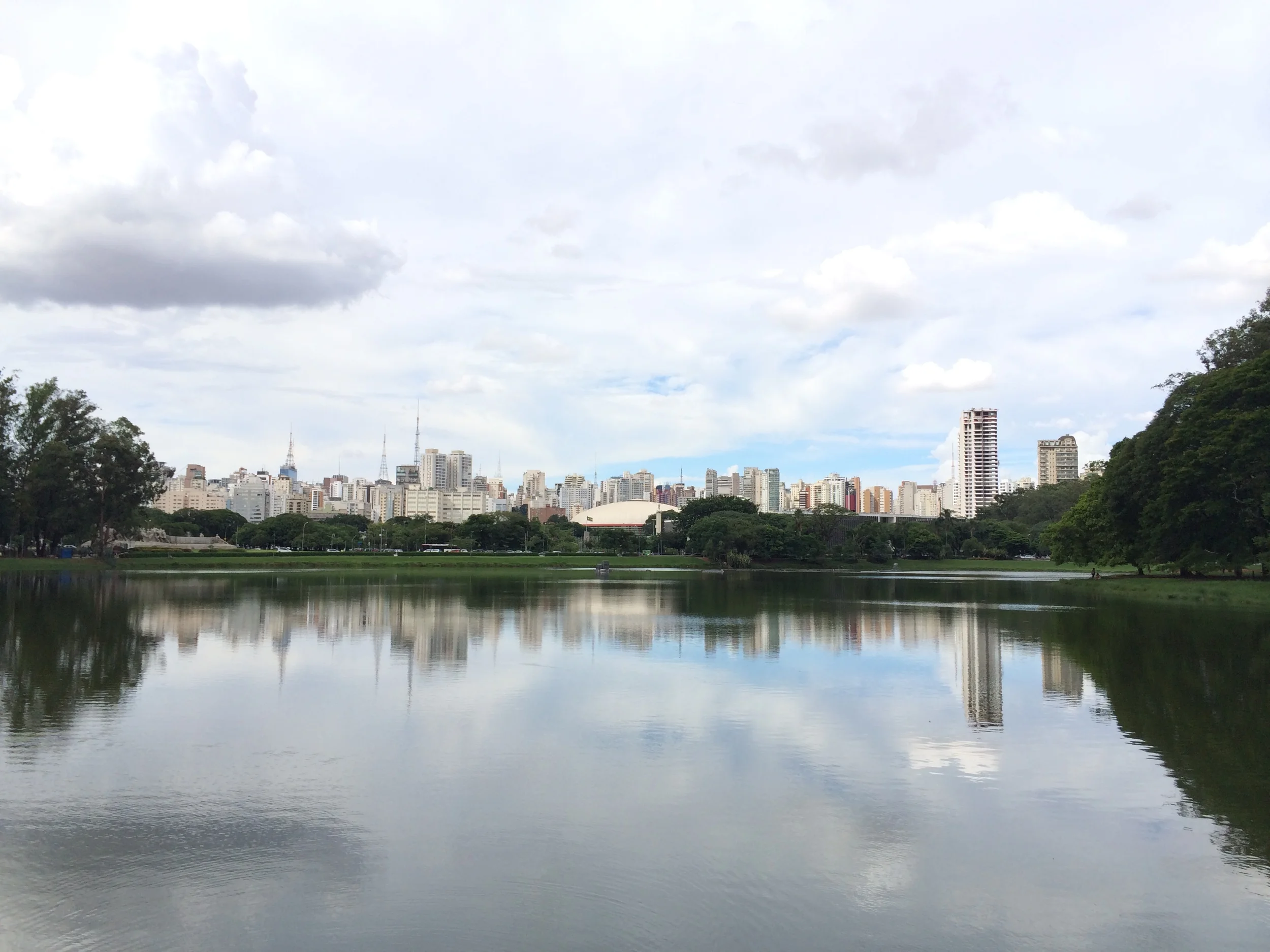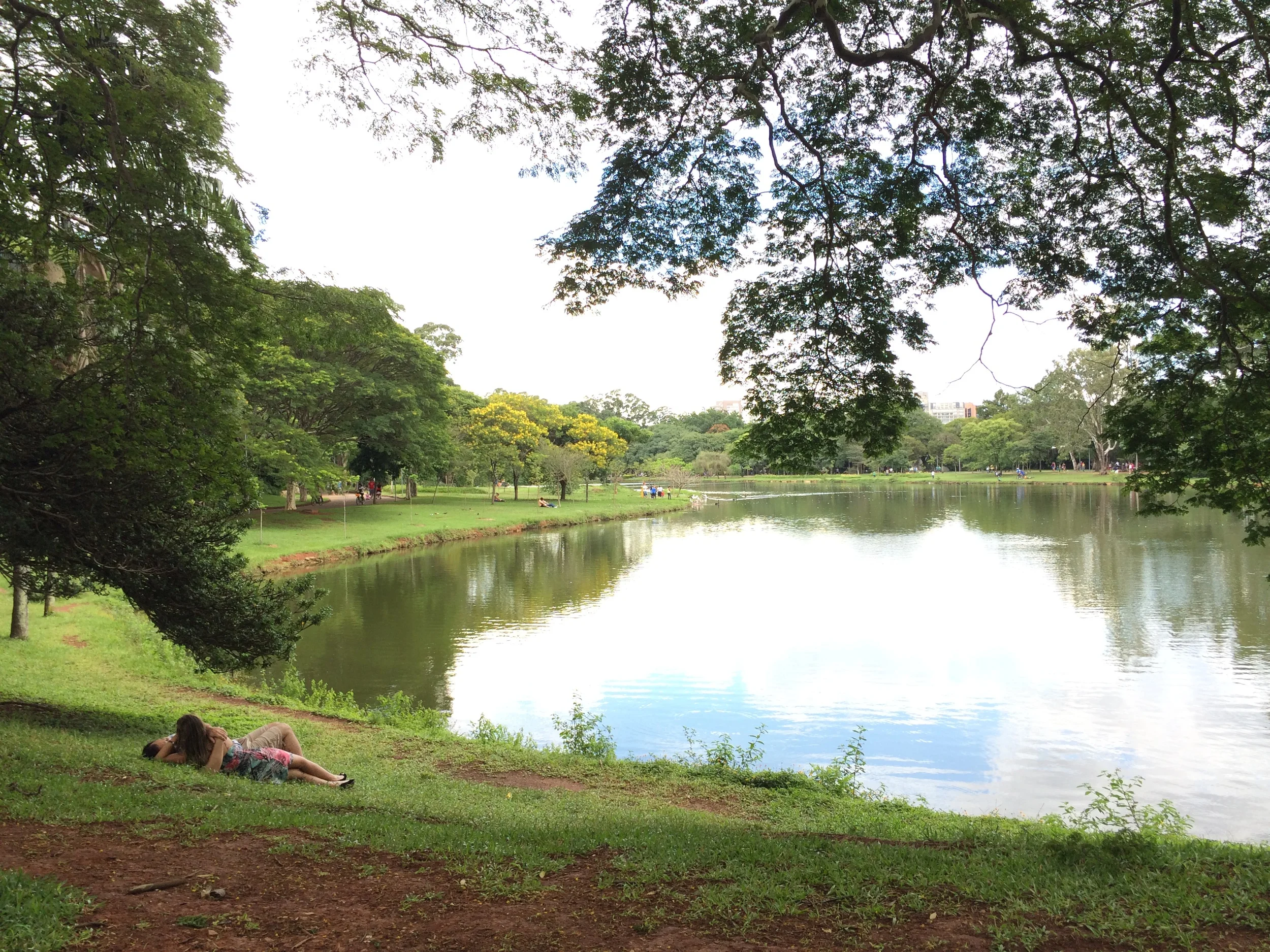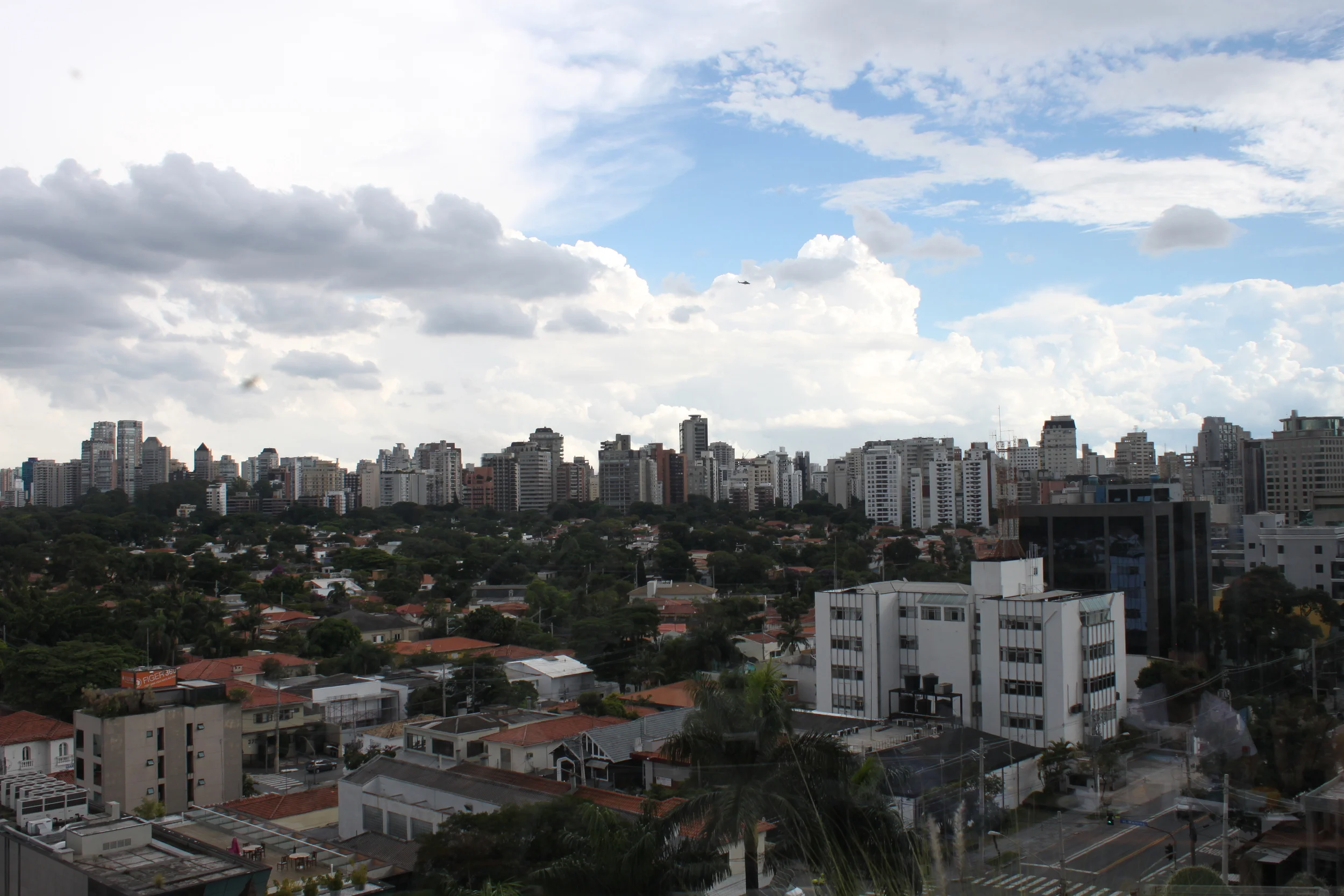the inca trail & machu picchu
This is one of those bucket list items that are just made for something like pretirement. Tucked deep in the Andes, it is not easily visited on a standard vacation. The altitude can be nauseating without a few days to acclimate. We knew that if we did not make it to Macu Picchu on this trip, we may never see it.
Before we knew what we were in for
All of that said, it is possible to hop on a train from Cusco and pop up in Machu Picchu a few hours later. We felt that would be a little anticlimactic, so instead we embarked on a grueling march over four days and three nights that led us to the famous historical site. Was it worth it? Surprisingly, yes! Was it the most difficult physical thing I've made myself do? Yeah, that too. Climbing up and down mountains hour after hour for four days does take a toll. We slept as soon as we hit the pillow each night, no matter how freezing cold it was (and how many centipedes were tattooing semi-permanent patterns onto Carla's body), and we marched again immediately after breakfast each morning.
Although the hike was difficult, it was like nothing we've ever seen. We both enjoy the outdoors and have been on many day hikes in beautiful places, but the sheer scale of the mountains here along with our remoteness made this experience unique. Not only were the sights beautiful, but the road itself is a marvel. Laid down over 500 years ago, it is made of large, rough stones and it was the main way for the Inca scholars and religious leaders to approach the ancient city. The same stones are the ones you walk on today. When the light faded, and the skies turned a frosty blue before being engulfed by stars, we felt like we had slipped back in time.
Our professional guide giving us one of many history lessons
All of this was made possible by our outstanding tour company (contact us if you want the details) who set us up with a professional guide, designated camp sites and meal sites, and most amazing of all, the porters. The porters! They are Peruvian mountain men with superhuman capabilities. More likely to wear sandals than hiking boots, they would fold up the tents in the morning, make breakfast, clean up after breakfast, pass us on the trail, do the same for lunch, pass us again, and have the tents set up and a delicious smelling dinner ready by the time we got to the next camp. I'm almost disgusted with myself for admitting how exhausted I was each day, while these guys had done the same walk plus a full day's work, with far more weight on their backs. Their calves were head-sized. I have pictures.
Well worth the journey
The fourth day began at 4am, still dark, freezing cold, and inside an endless rain cloud. We started walking. Much later than expected, the darkness faded to a gloomy grey and under our rain ponchos we could see the trail under our feet but not much else. Then, at the end of our arduous journey, we were on top of Machu Picchu at the Gate of the Sun. Behold: nothing. It was like looking at a whitewashed wall framed by trees. After standing around a while hoping for the clouds to clear we decided to just walk down into the ancient city. Filthy, wet, hungry and dejected, we stepped back into a world that now felt foreign to us. Americans wandered around with clean hair and cups of takeout coffee. Buses were parked nearby. The experience for us was totally different than it was for the people just off the bus. When the clouds cleared and revealed the majestic ruins, the sight was that much more moving.







